-
Posts
3,353 -
Joined
-
Last visited
Content Type
Profiles
Forums
Gallery
Events
Posts posted by Cathead
-
-
1 hour ago, Keith Black said:
Should one no longer use Google when doing research?
There's a difference between regular Google and Google's AI-generated results. When you search something in Google, often the top result will now be labelled "AI Overview". THAT'S what you should take with a mine's worth of salt. It's AI attempting to synthesize internet-wide results into a coherent answer and it's routinely full of crap. The problem is that AI is a black box and doesn't share where it's getting its information from or how it's analyzing it, so you have no way to assess the accuracy of its sources or results. For just one example, AI tends to assume that quantity equals quality, so it'll spit back whatever it thinks is the most-common answer. But that doesn't make that answer correct.
Below that, usually below a blue line, you go back to "traditional" Google results, which is just serving up websites that appear to have information relevant to your search. It's not that these are inherently reliable, but you can actually look at the source. For a theoretical example, if you search "how many birds are there in the world", and a regular result comes from something like the Audubon Society, it's probably reasonably accurate. If it comes from some rando non-bird-related website, you know to be cautious. Regular Google results still give you the option to make your own decision about the reliability of the source. AI results do not.
And as ccoyle points out, it's becoming cyclically worse, because now more and more "regular" web results are reposting AI-generated drivel without fact-checking or critical thinking, so even regular web results slowly become less reliable, which in turns means that direct AI results are ever less reliable because it's regurgitating mistakes it generated in the first place.
It's always been necessary to use critical thinking when doing internet research, but it's especially so now when the "results" being given are ever-more unreliable. But the most immediate thing you can do is recognize that "AI Overview" section at the top of Google results and scroll right past that little devil, or at least give it some serious scrutiny before taking it as gospel. Think of it like the "sponsored" results you get when you Google a product; just because they come up first doesn't mean they're the best results for you; just because AI Overview comes up first doesn't mean it's the best result. In both cases it means it's what Google wants you to see, and you're better off scrolling past that crap and using real results for your answers.
Google should be thought of as a tool for locating resources that will answer your question, NOT as the actual provider of those answers. That means you have to go beyond Google to click on and read the actual answers those links provide, not just trust the AI attempt to summarize those answers. Think of it this way: you can ask a librarian how to find a book on a specialist topic like "how to rig a sailing ship model", but you should NOT just ask the librarian themselves how to rig a ship model and expect to trust the answer. And you should still take the time to assess which of the books on the shelf seem most reliable, not just blindly take the first book off the shelf and assume it's right.
-
3 minutes ago, Keith Black said:
I accepted AI's 1950 date as gospel.
In my experience one should trust nothing that AI generates. In every case that I search a subject in which I have any specialist or even reasonable knowledge, the top-level Google AI summary is either outright wrong or highly misleading.
-
Wefalck, Keith and I had a brief private conversation about that protoype a little while back. I'm quite familiar with that area, having been involved in two different graduate geologic research projects on the Susquehanna (one in particular right in that setting). Though I was somehow unaware of the coal dredging operations this represents. There's no doubt these operations were dirty, but keep in mind they're dredging not a free-flowing river bed, but a reservoir bed behind an impoundment (hence why the coal dust built up there in the first place). But yes, it's been both the curse and blessing of the US to have such abundant resources that efficiency/waste were not really a concern for generations, at least not in the way modern Europeans think about it.
All these "freelance" infrastructure elements are part of the vaunted freedom that brought so many people to the US over generations. There's a reason so many things were invented and/or developed rapidly here (think the evolution of riverboats). Creativity flourishes when there are no rules (as does abuse).
- GrandpaPhil, FriedClams, tmj and 4 others
-
 6
6
-
 1
1
-
7 hours ago, Keith Black said:
Are you using any flame retardant chemicals in the mix?
Interesting question; absolutely not. (a) I don't want to personally work with anything like that, (b) they're all set with glue and not sitting around like a light flammable powder, (c) any broader fire risk comes from the extensive wooden benchwork, not a thin skim of glue-fixed natural material.
2 hours ago, Rik Thistle said:This is all quite fascinating and informative for me, especially since you have a backgound in how landscapes are actually formed.
Thanks! It's definitely a challenge thinking through the real setting and trying to figure out how to translate it into a version that's simultaneously scaled down but also true to eye.
Having said that, I should have waited to post the results above. Shortly after I did, Mrs. Scenic Consultant came in from the garden and had a look. She agreed that the material was coarser than scale, but also had a very good idea how to adjust it. She suggested rubbing off some of the coarsest outer layer, which I tried, and it worked brilliantly. What happened was that the material that had truly embedded in the glue stayed, dulling the painted plaster surface and giving a sense of texture, but some of the material that was sticking up more and really looking coarse went away, making the grain/particle size less obvious. It's a bit hard to explain this change, but I tried a series of photos this morning to see if I could get the comparison across.
(1) Original painted plaster creek bank. Too smooth, uniform, and shiny, though the color and base shape are good:
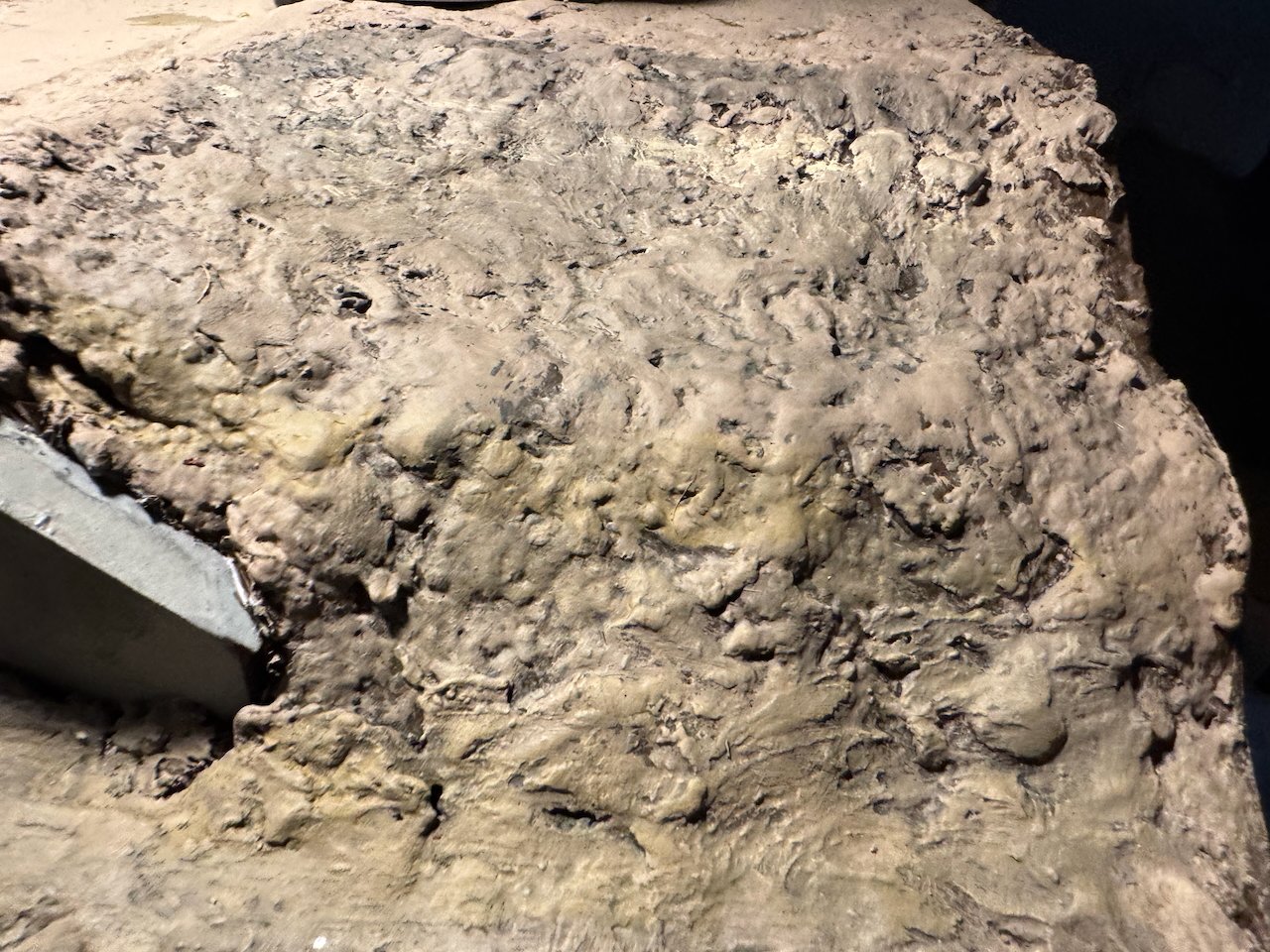
(2) Sifted leaf and sand application. Improves the texture and complexity, kills the "shine", but a bit coarse (I started to realize that the flatter surfaces looked a bit like a power company wood chipper had been through). And the area along the creek bank is a bit too gravely for an area that in real life is mostly muddy rather than rocky:
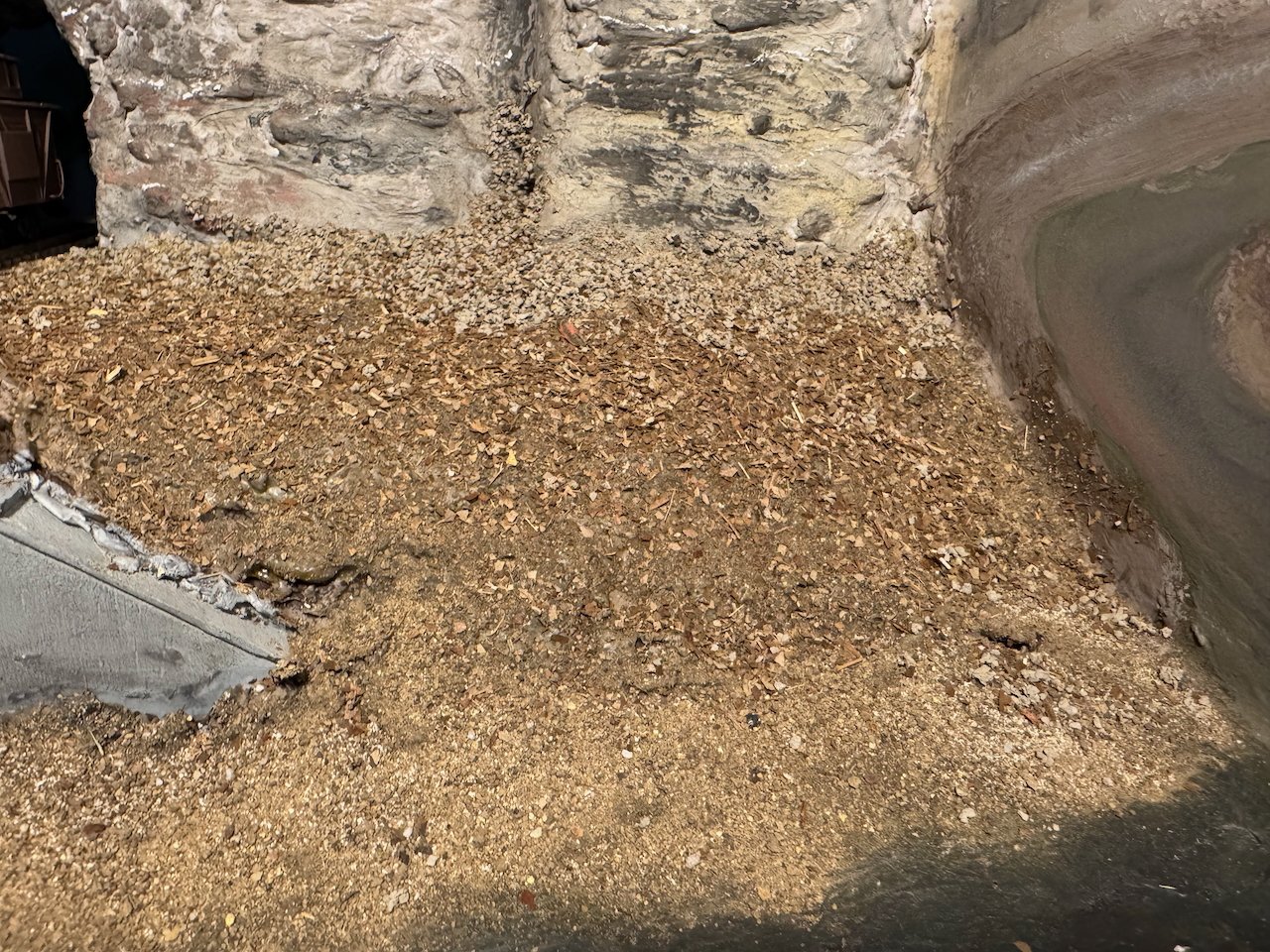
(3) Same texture after the upper layer has been rubbed away. Now there's a more subtle blend of "powder" and coarser material dulling the surface, maintaining that complex natural non-plaster look, but less of the "wood-chipper and gravel" effect:

I thought (2) was fine until I saw what (3) accomplished, and that's now the new approach. The material that gets rubbed off can be collected and re-used elsewhere, so it's not a waste.
It's less fun if you're not learning!
-
Keith, those little details look great. So glad you've found the groove again. I know how it feels to try and get one's head back in a project.
- Glen McGuire, Canute, Keith Black and 1 other
-
 3
3
-
 1
1
-
Got a little more scenery work done this weekend. It was time to start adding texture to the riverbanks and ground surface, so everything doesn't look like smooth plaster. As I've said before, one of the reasons I'm setting this project in late fall / early winter is that it lets me produce a lot of scenery material from natural sources rather than buying lots of plastic/fake stuff. It's hard to maintain a natural green color, especially one that looks real, but natural brown tones are a lot easier to come by.
I started with a bin of dried leaves I'd set aside, running these through an old blender in batches to pulverize them. Some bits never shred all the way, so I used a sieve to select for the smaller sizes.
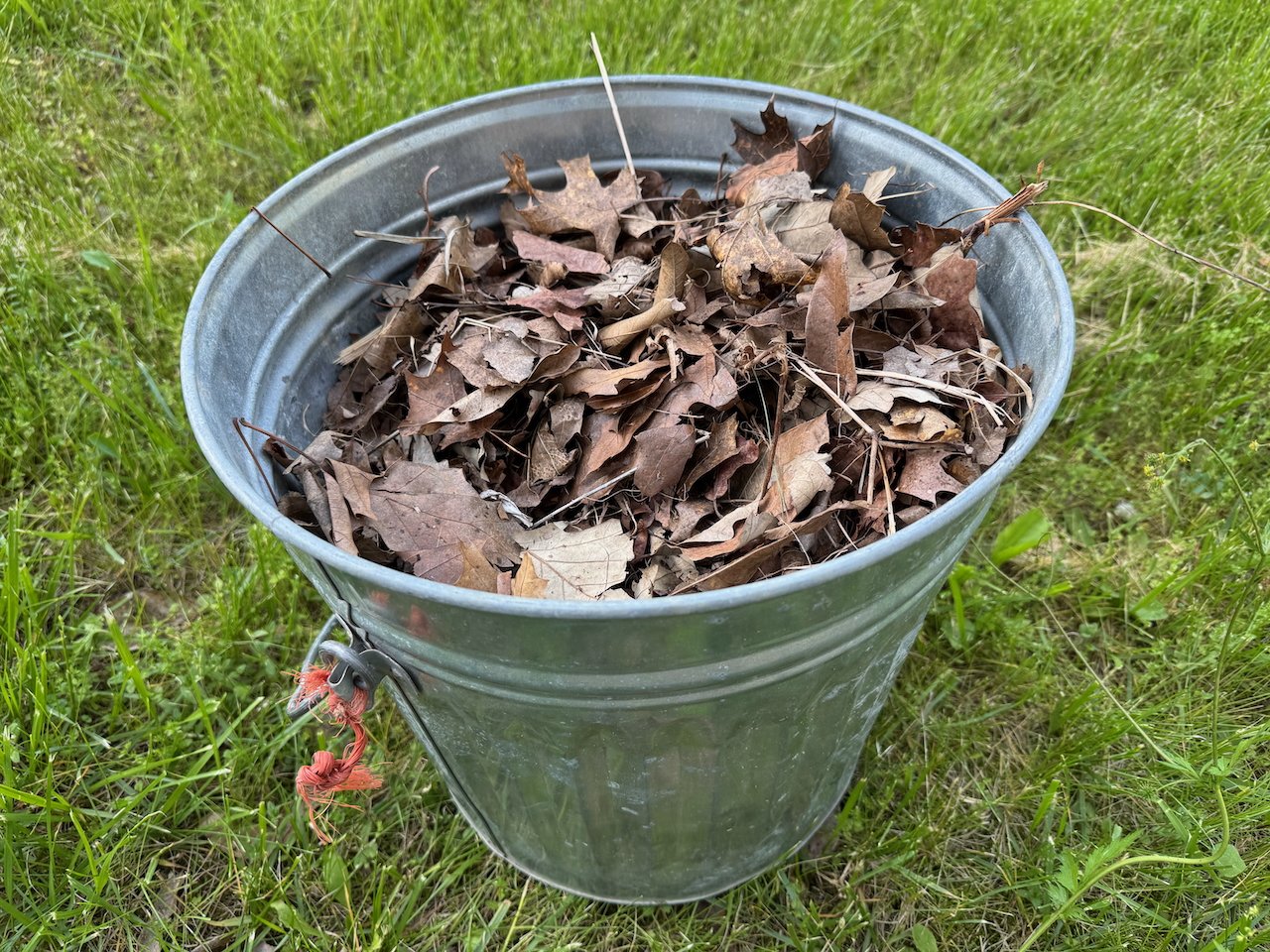
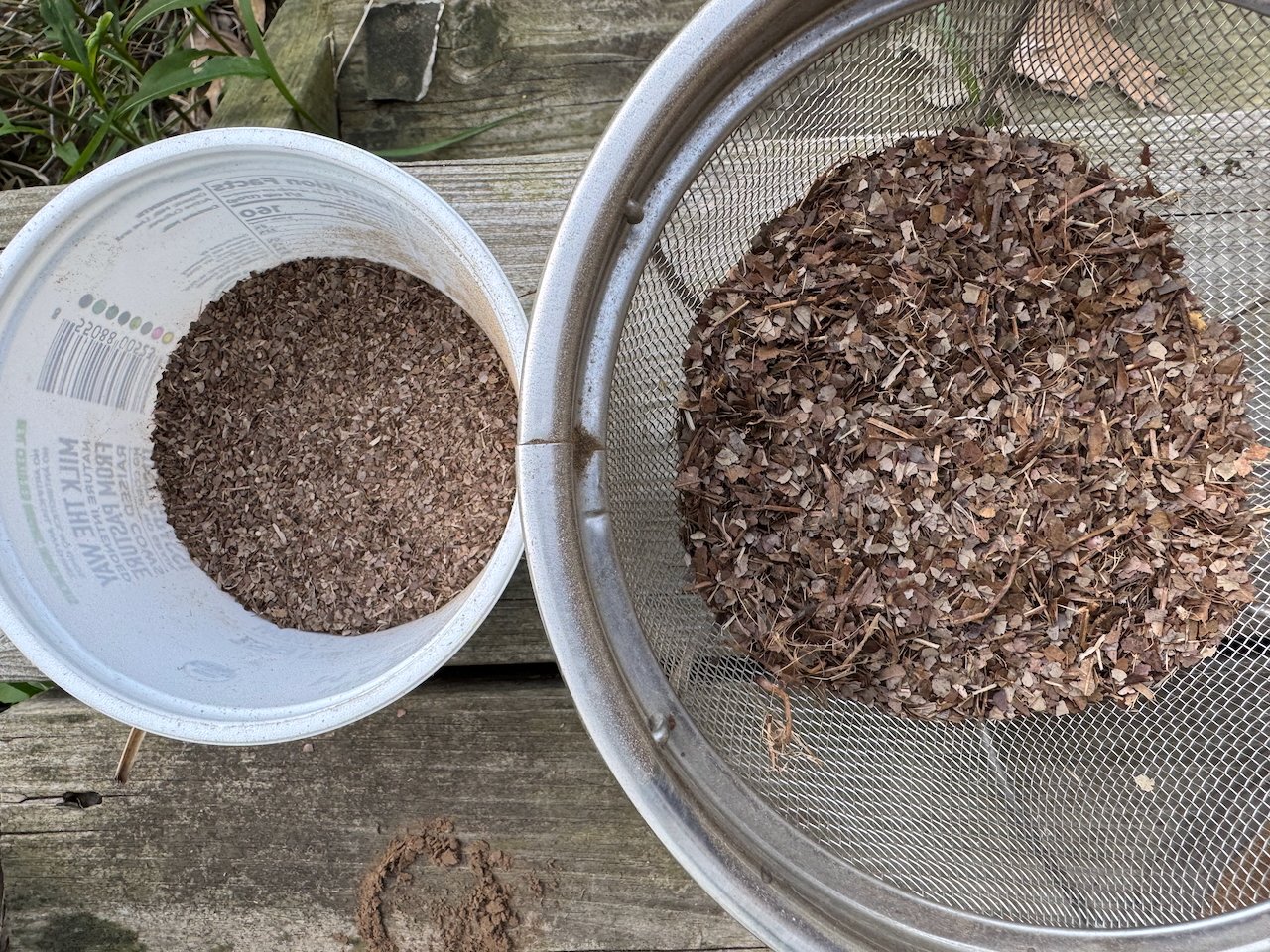
In my head, I call this blend "fish food" because it looks an awful lot like the flakes used to feed aquarium fish.
Similarly, I collected a batch of fine sand from the creek on my property, which has the same geologic setting as the headwaters of the creek depicted here. A similar sifting process gave me a blend of scale "gravel". In both cases, using natural materials gives a spectrum of subtle natural color variations that I find a lot more visually complex and realistic than purchased scenic materials with a limited range of tones.
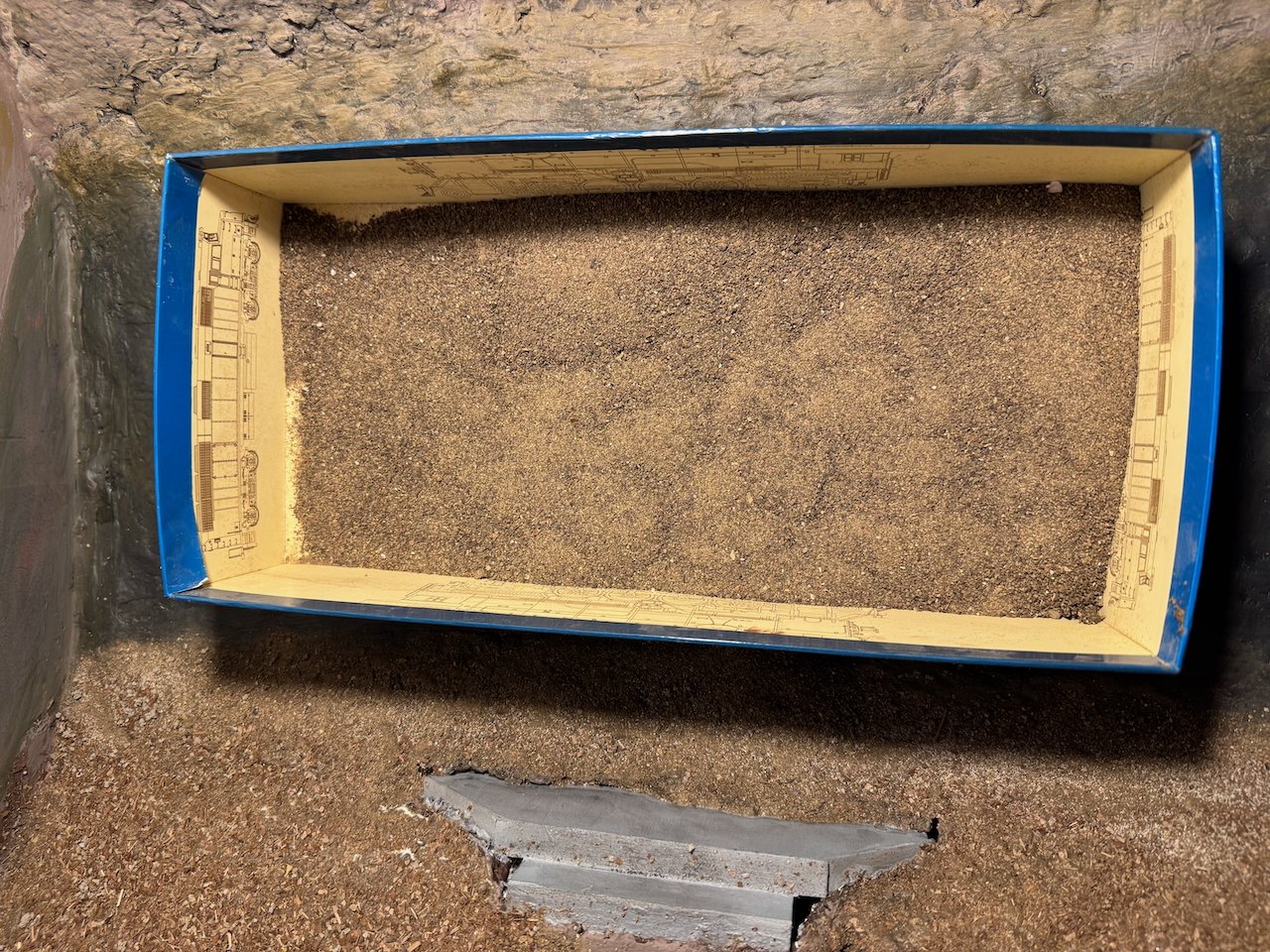
To apply this on the landscape, I brushed full-strength glue over the painted plaster, then sifted/sprinkled material onto it. I ran a band of nearly pure "gravel" along the creek, then slowly reduced its quantity as I worked up the bank, increasing the proportion of leafy material. By the upper floodplain surface, it's almost all leaf material. To my eye, this gives a really natural looking transition out of the creek and up into an area that will have a lot more trees and vegetation.

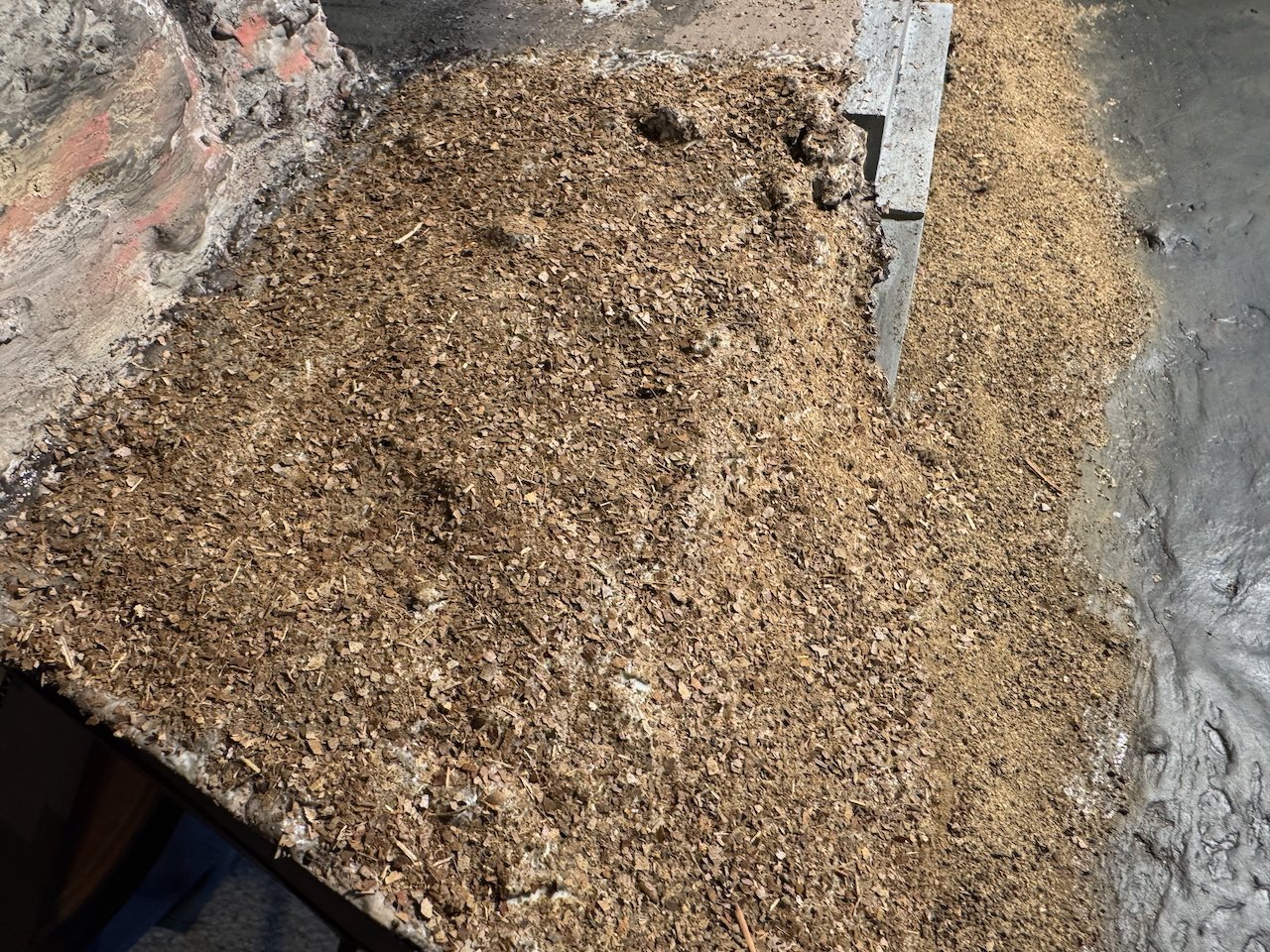
All of this material is coarser than true scale, but I find that it helps the eye "see" the right texture. In my opinion, true scale material would be so fine it would "look" too smooth. A strong modeling belief I hold is that it's just as important that a scene "look" or "feel" right than that it "be" right. And to my eye, this creates a feel that the eye connects to real landscape textures even if it's technically out of scale. The random chaos of the particle shapes, in both the leaves and the sifted sand, also helps create a more natural-looking texture than purchased material that tends to be more uniform. At least that's my opinion. And philosphically, I just love that these scenic textures are all-natural and sourced from a landscape near the actual real-life scene.
Here are a couple broader shots showing the finished effect on this bank. I also added some coarser rock material along the base of the bluff to blend the transition from vertical to horizontal, and to produce the effect of fallen rocks that's very much there in real life. I'm finding that the finished textures looks different in these photos than it does in person, though, and my phone isn't handling the depth of scene here well.
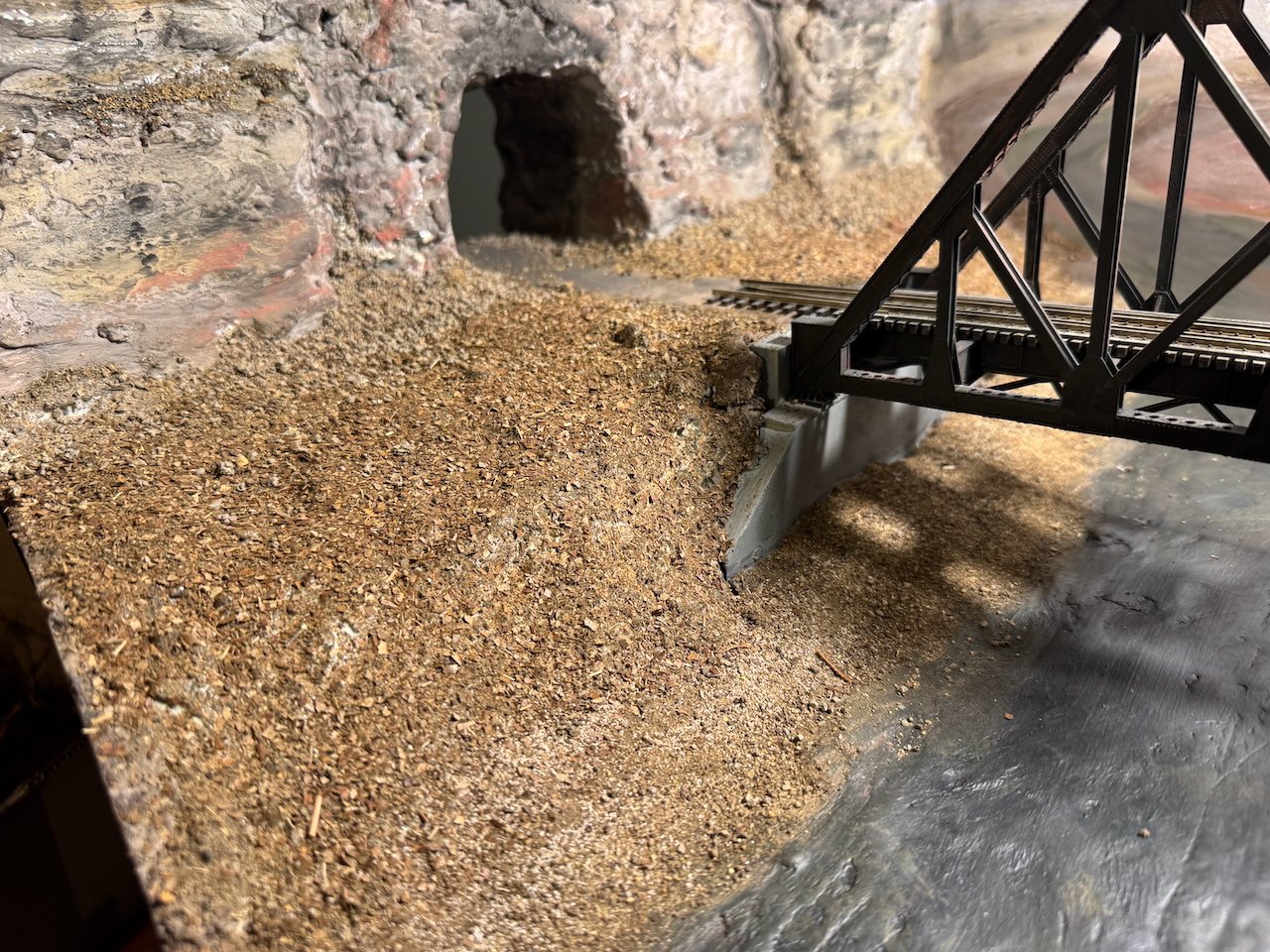
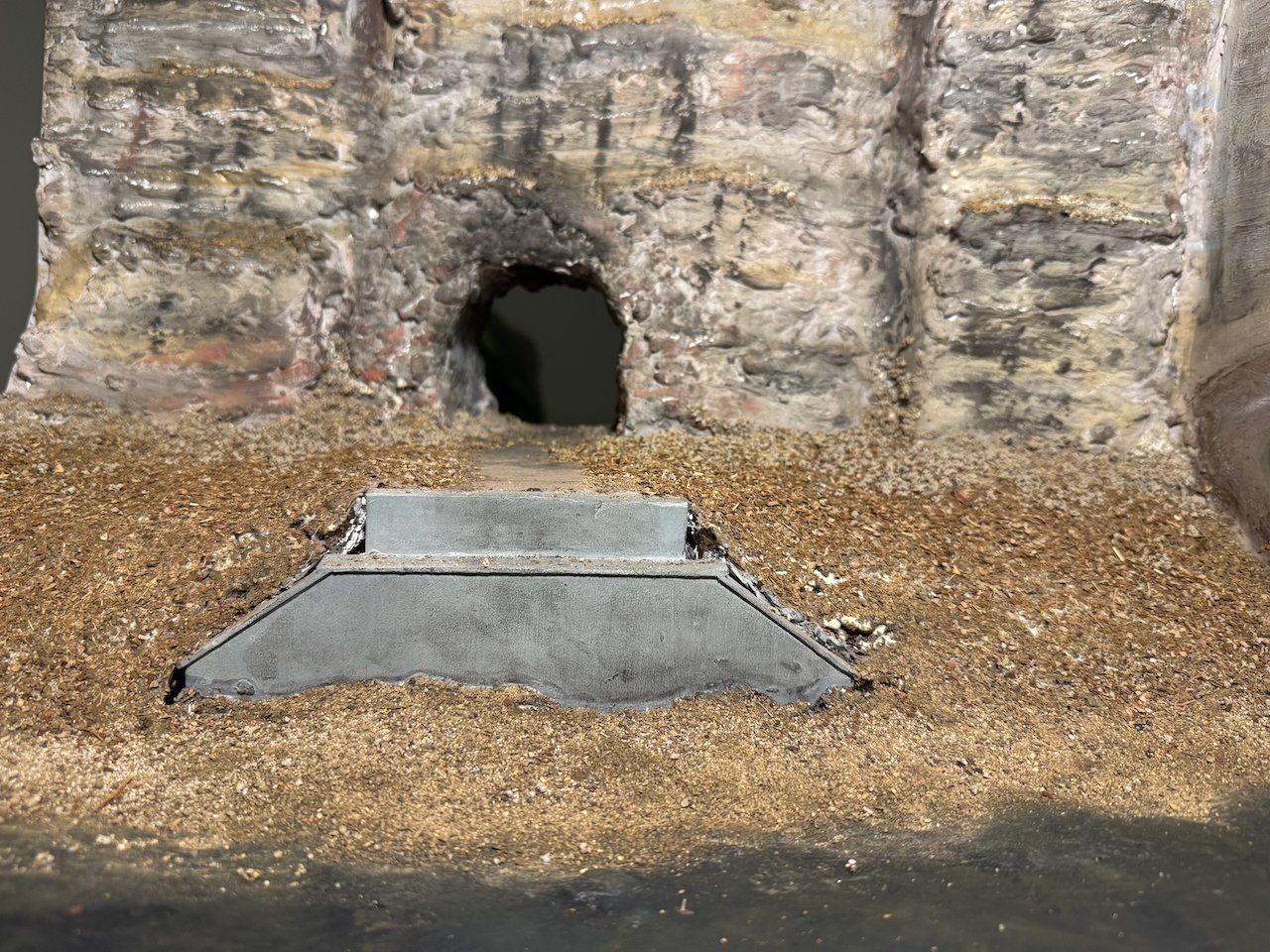
But that gives the idea. I haven't run this by my in-house landscape expert, though, so we'll see what she thinks. It can be adjusted if needs be. Once we're happy with it, I can start working on trees and other vegetation that will further tie the scene together.
Thanks so much for following, liking, commenting, and being a part of this slow-moving project!
-
I would have written much the same as Glen had he not beaten me to it. It's startling how good a completed model looks when presented as a whole, regardless of whatever smaller issues exist.
- Ryland Craze, Keith Black, tmj and 1 other
-
 3
3
-
 1
1
-
Thanks, Gary!
The current appearance of this scene, and particularly this angle, has been nagging at me, reminding of some famous railroad scene or photograph.
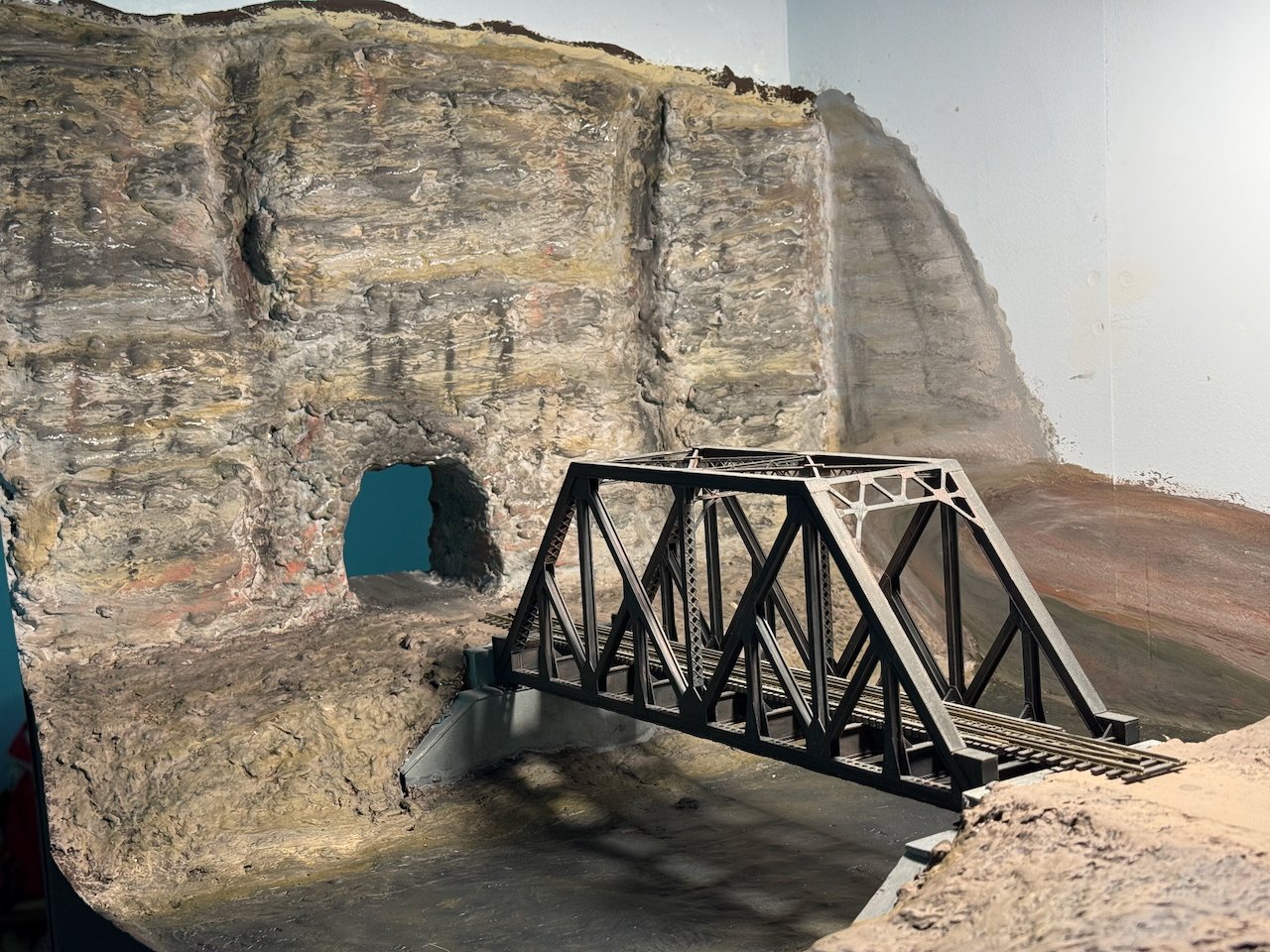
I finally figured out what it was: this view of Weber Canyon on the original Union Pacific transcontinental route (photo from Library of Congress).
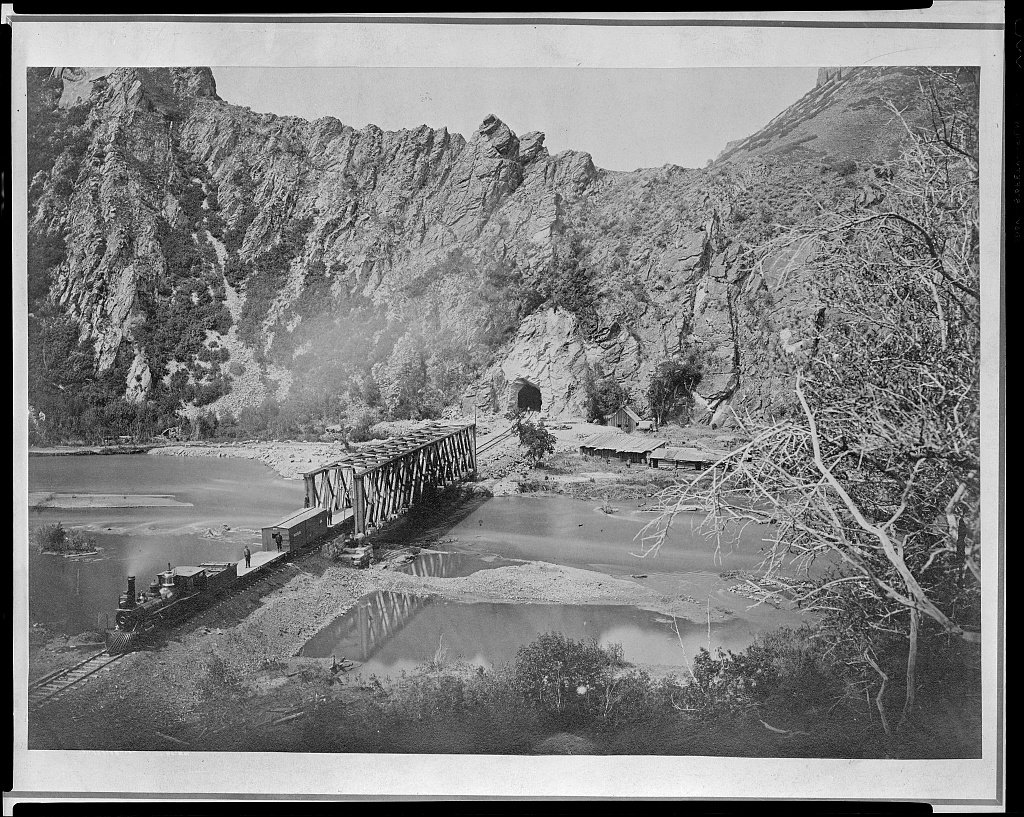
Sheer rock wall, truss bridge over river, leading directly into tunnel. The similarity will start to fade once my scene starts taking on more vegetation, but the comparison amused me.
- NavyShooter, Paul Le Wol, Canute and 6 others
-
 9
9
-
I'm not an engine room expert but your explanations seem solid. You're giving @FriedClams a run for his money in terms of precise, gorgeous, detailed workboat builds.
-
43 minutes ago, kgstakes said:
Oops my bad, didn't look at the whole picture.
No worries, I appreciate you taking the time to think about the project and make suggestions!
- Keith Black, Jack12477, kgstakes and 3 others
-
 6
6
-
Oh, no, rocks are regularly dropping off that face and the other bluff lines along the route. I've got photos of dinner-plate-sized rocks that spalled off and got caught in the vines that often lace these bluffs, and end up dangling in midair like cargo in a ship's loading net. There's regularly little piles of debris at the base of the bluffs, and I've moved debris off the trail more than once at the tunnel mouth. It's mostly very small pieces, but it's definitely an actively weathering surface. I can only assume the railroad regularly checked the portal area for debris on the tracks, since they never stabilized it further.
To give a quick written recap of the geology at the portal, most of the bluff line there is Mississippian limestone laced with chert beds. But paleo-karst is quite common in these rocks; there are many places where old caves developed in the bedrock and then either collapsed and filled in with Pennsylvanian sands. All along this route you can find unusual protruding outcrops of hard sandstone that are essentially filled-sink structures, more erosion-resistant than the surrounding limestone, so remaining behind as filled molds when the limestone dissolves.
As it turns out, this portal is drilled right into one of those collapse structures; 10 m to either side and it's solid limestone, but right where they put the bore, it's a complex massive breccia of chert and other rock fragments that collapsed into the paleokarst. This extends well into the tunnel, pretty much as far as to the point where they started the brick/stone lining out to the western end. Like the other filled-sink structures, it seems to be relatively solid and well-cemented, and most of the debris I see coming down off the bluff is from the limestone spalling off higher up, not actually chunks from the breccia. This observation fits the fact that the railroad never bothered to line this part of the tunnel, so seems to have realized that the filled-sink breccia is in fact quite stable, despite looking like it shouldn't be.
- Keith Black, FriedClams, Canute and 4 others
-
 6
6
-
 1
1
-
2 minutes ago, kgstakes said:
If at all possible now, put a mirror inside the tunnel. It will make it look like the tracks continue. Angle or tilt it slighting so it doesn't reflect anything you don't want it to.
Just a thought. Helps with the illusion that the railroad continues.
I would agree, except that the tunnel isn't a dead-end, but will continue through to a new module. See track plan in post #61 and look at the right side of the area labeled Rocheport (viewing angle is from the top down). The other portal will be on the next module in that direction. What's beautiful here is that this tunnel changes partway through; it's bare rock on this (east) side but lined with brick and stone on the other (west) side. So when I build the next module, I'll build that half of the tunnel as brick and stone, then when they butt together the joint will naturally look right because there really is a transition in the middle of the tunnel. See the video part 2 linked above to really appreciate this. Here's a sneak preview of the western portal:
33 minutes ago, wefalck said:Is there any faulting/fracturing in those rocks? On the modern photo it looks a bit like it. If so, these could be added perhaps with some ink washes?
Good questions!
There is no faulting, though there are a handful of major vertical joints, which are already simulated. The ones on the model are a little more uniform top-to-bottom than the real ones, but I think they're close enough. Smaller "structures" you may be seeing are probably fracture planes where rock is locally spalling off the bluff face. I may experiment with using a dark pencil to draw in a few other fractures, but overall there isn't much in the way of vertical structural features crossing bedding planes.
I don't intend to use any fixative on these surfaces, as they won't be touched or handled. I apply most of my pastels with fingers and find that skin oil does a remarkable job of binding pastels to most surfaces. I've never used fixatives even on my ship models; I'd only do so for things like actual railroad cars that will be routinely handled.
- wefalck, Paul Le Wol, Canute and 5 others
-
 8
8
-
I spent some time this morning adding color & texture to the rocks using artist's pastels. I use these all the time for weathering models, and they're really effective at finishing scenic settings as well. They don't drip, and can be rubbed in with fingers or brushes (old toothbrushes work really well). Their powdered texture adds a "softness" to rock faces that paints don't, which helps them feel more realistic. I also touched up the backdrop with these, which again softens the painted took and allows more subtle textures than paints do.
Here's a broad view:
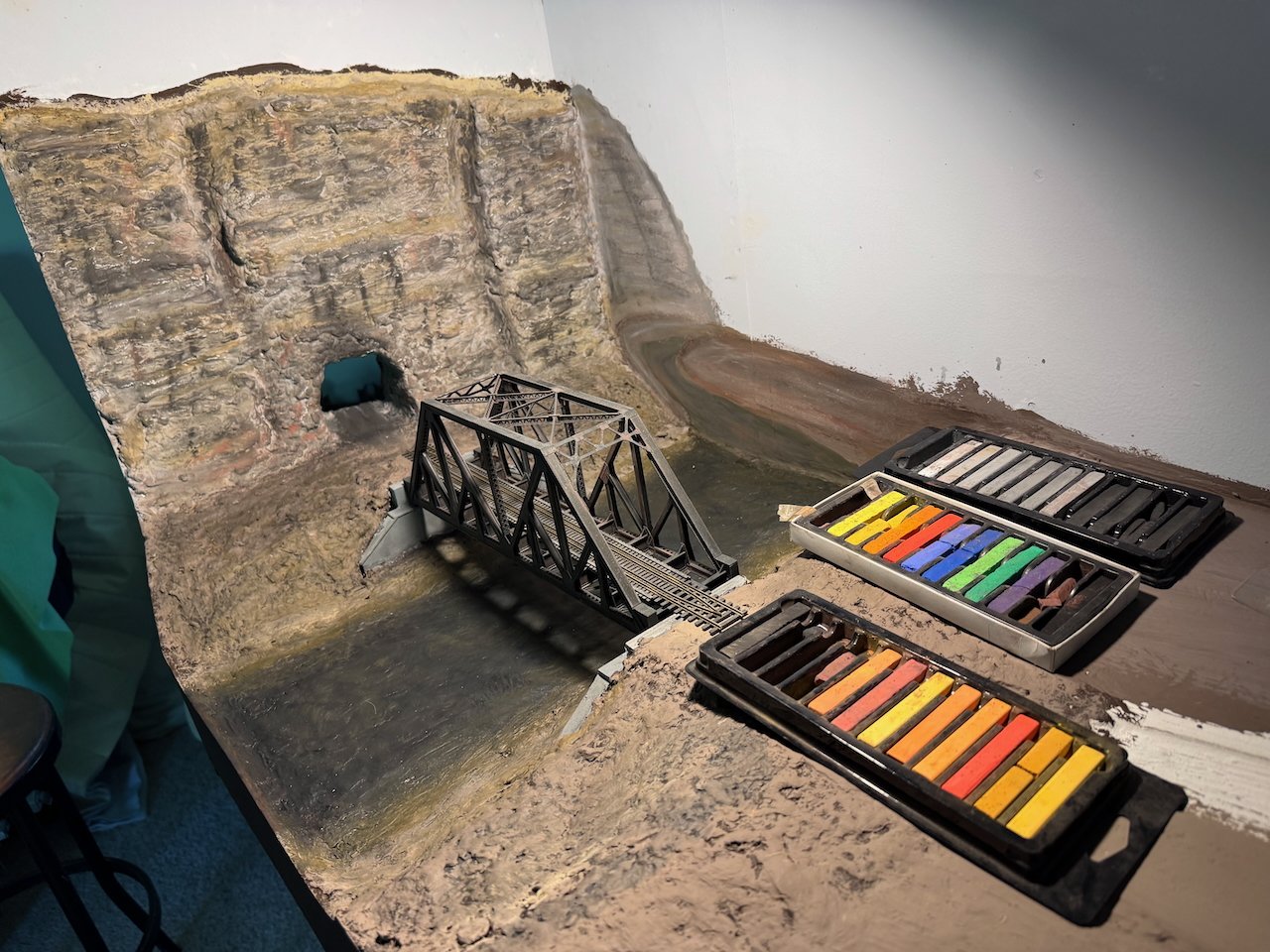
Here's a closeup of the rock face. The pastels let me add mineral staining as well as streaks of white that simulate the various layers of white-grey chert laced within the limestone beds. I also added smoke stains above the tunnel.
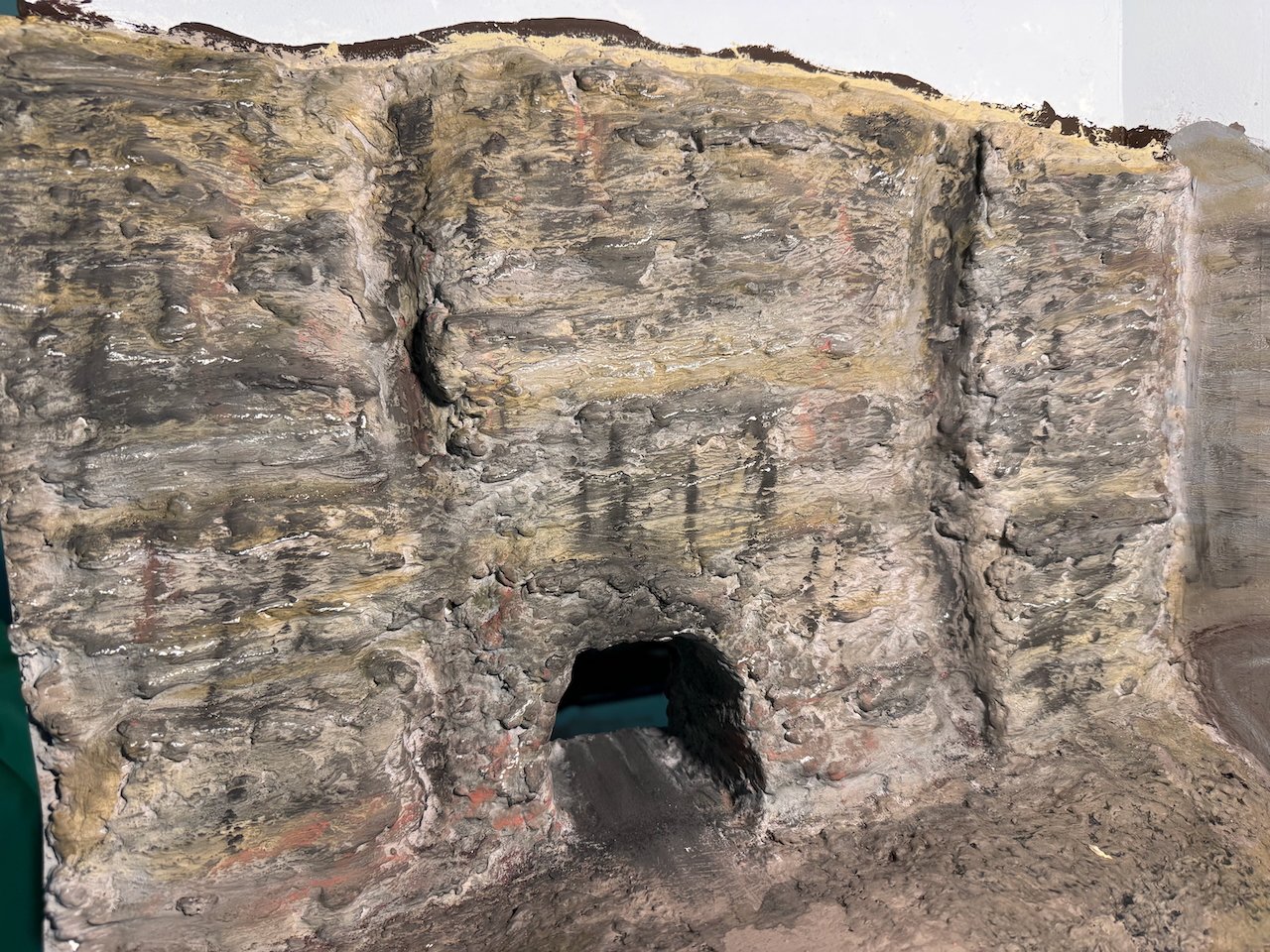
And for further comparison, I made these three sets of photos with similar perspectives. First, modern portal and model equivalent. This shows one thing I didn't get right; it's becoming clear to me that my tunnel shape is a little too squat; it should be taller for its width. Can't change it now and it'll still clear trains fine.
Second, historic photo directly down the tracks and model equivalent:
Third, historic photo from side and model equivalent. I've mentioned this before, but I know the bridge doesn't quite match. For now I'm using a simple kit; someday I'd be happy to build a closer-matching bridge from scratch but it's not my priority.
I think I'm happy with the coloration, so the next step is to move on to things like adding ground-surface texture, water, and eventually trees (so it stops looking like Wyoming).
Thanks for following along!
- Rik Thistle, Ian_Grant, Keith Black and 12 others
-
 13
13
-
 2
2
-
Made some progress on base-layer scenery painting this week, taking a few minutes over multiple nights to slowly build up layers of color. Right now, without any vegetation, it looks like somewhere in Utah or Wyoming. But that'll change.
I also took a first stab at some basic backdrop painting, just trying to add a hint of hills/river extending into the background. This isn't meant to be photo-realistic, just enough to let the eye realize that it's not all backdrop sky back there.
Also, the creek has been painted but I haven't added the model "water" yet, so it's just a dry surface. There will be multiple layers of "water" resin added, building up a sense of depth and a smooth surface. I also plan to tint the "water" some, as the real creek here tends to be pretty muddy, and this also helps fade the water into the painted "depth".
Most of the ground surface will be covered in various scenic materials to add texture, so the painting there doesn't need to stand on its own, but just provide an underlying foundation.
I'm not done with either the backdrop or the main bluff. Final touches on the bluff will include some more dark washes to bring out texture and cracks, and some vertical washes to simulate mineral streaking. The backdrop needs more texture, and the outer edges will be sharped up once I paint the sky (which I haven't done yet at all; that's just white primer).
But I thought I'd share progress and get feedback. You can at least get a sense of where I'm going with this.
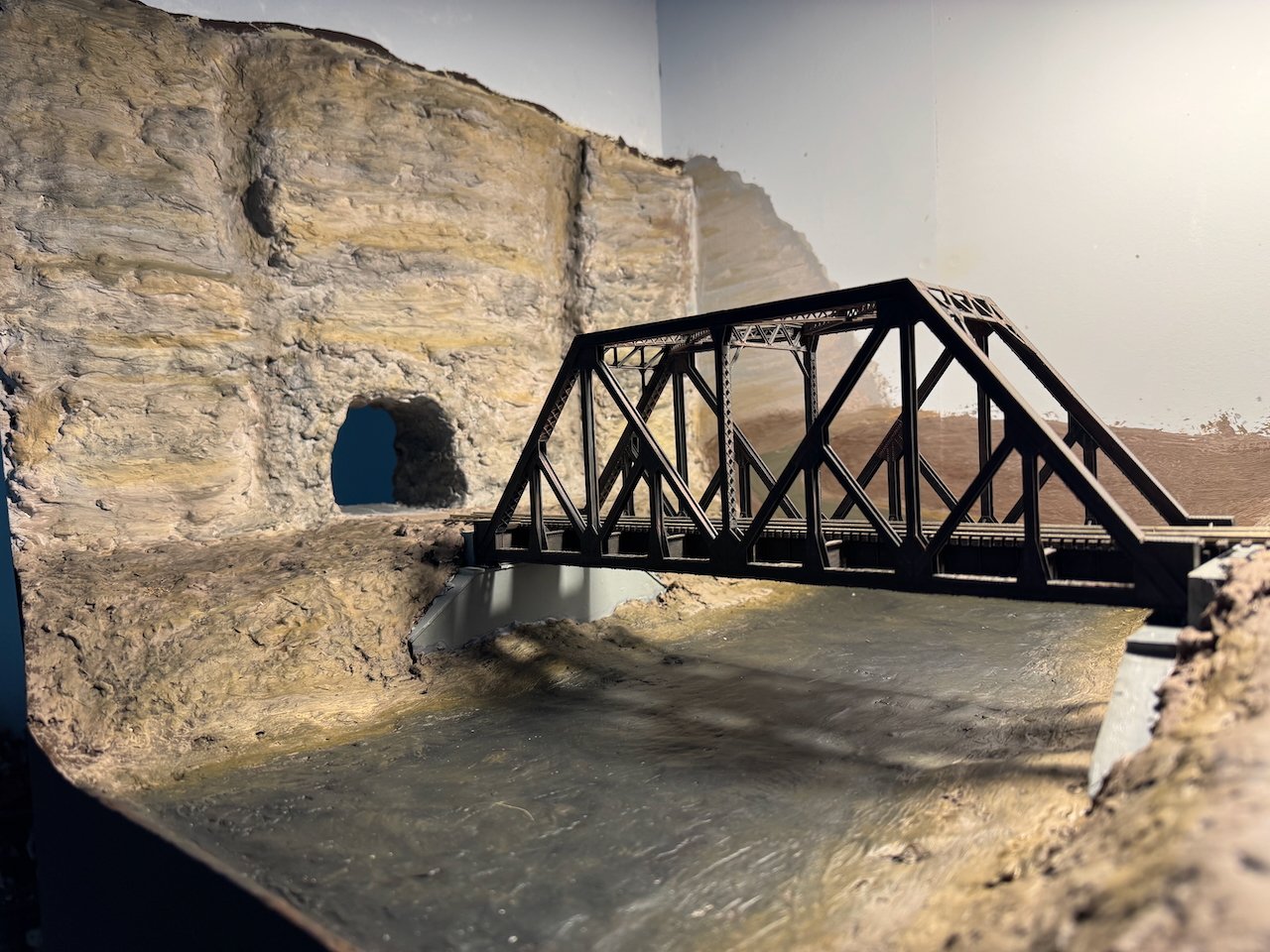
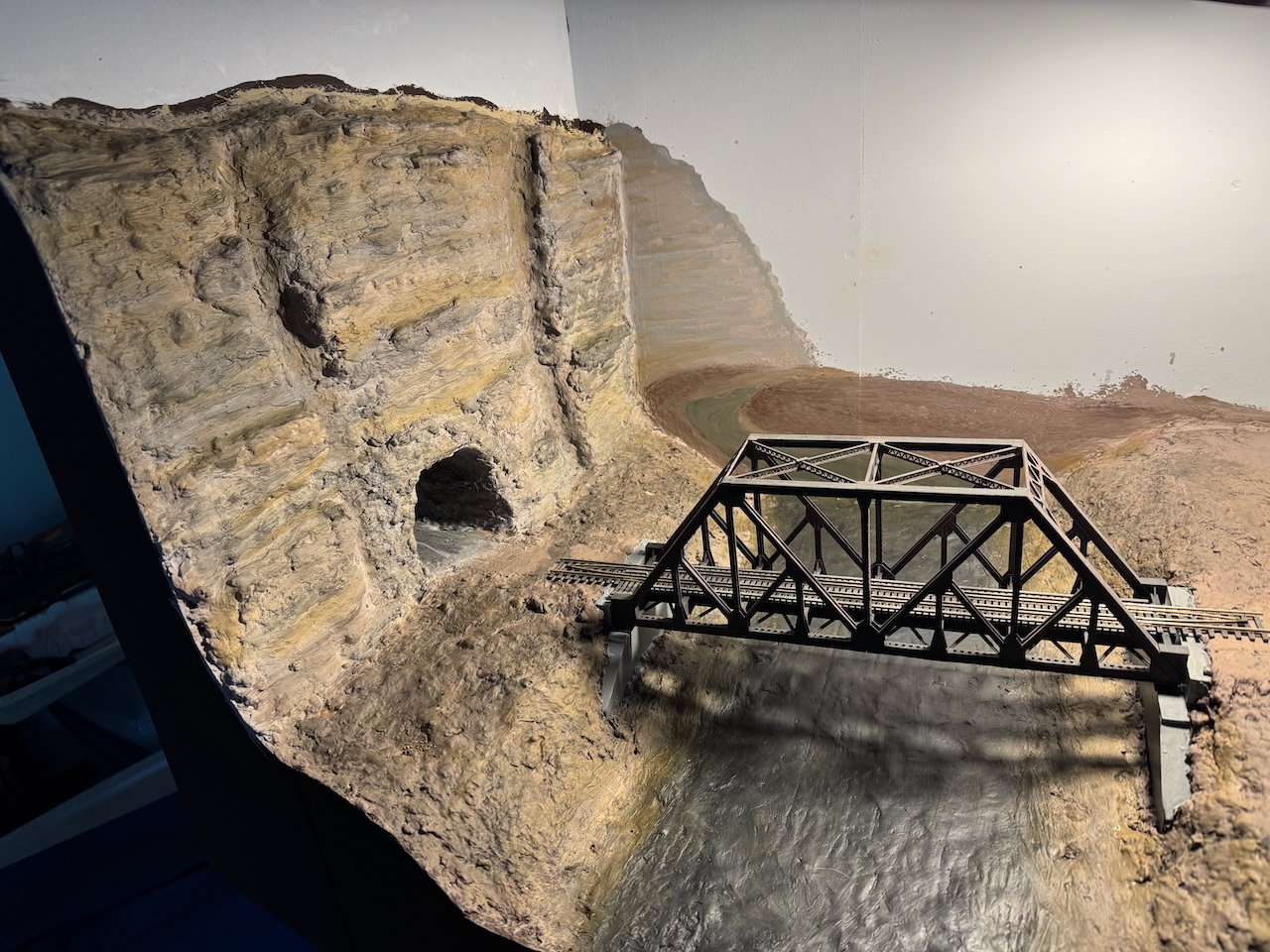
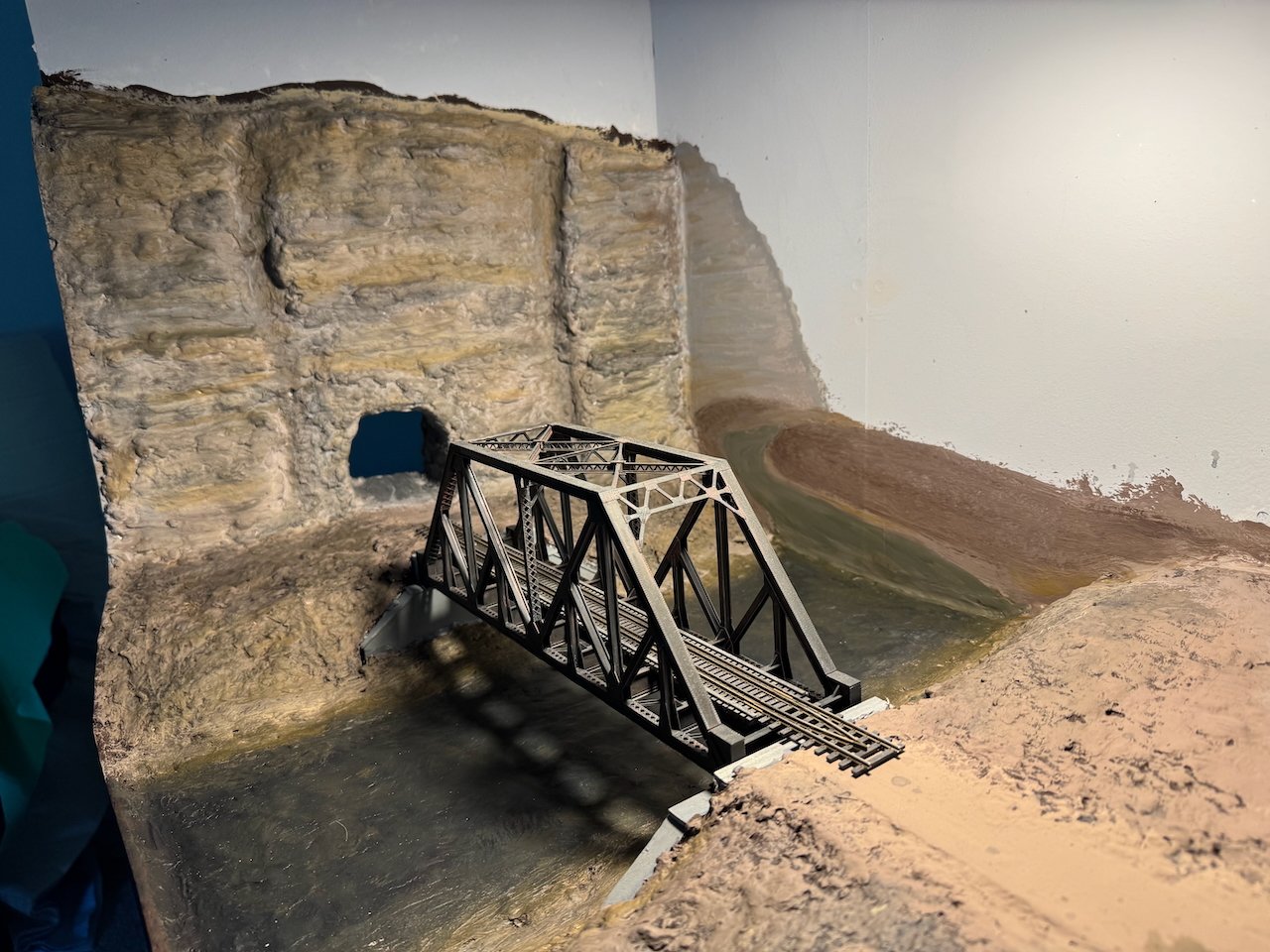
Oh, and here are a few more winter context shots. I'm going for late fall, so no snow or ice, but otherwise the color palette is similar.
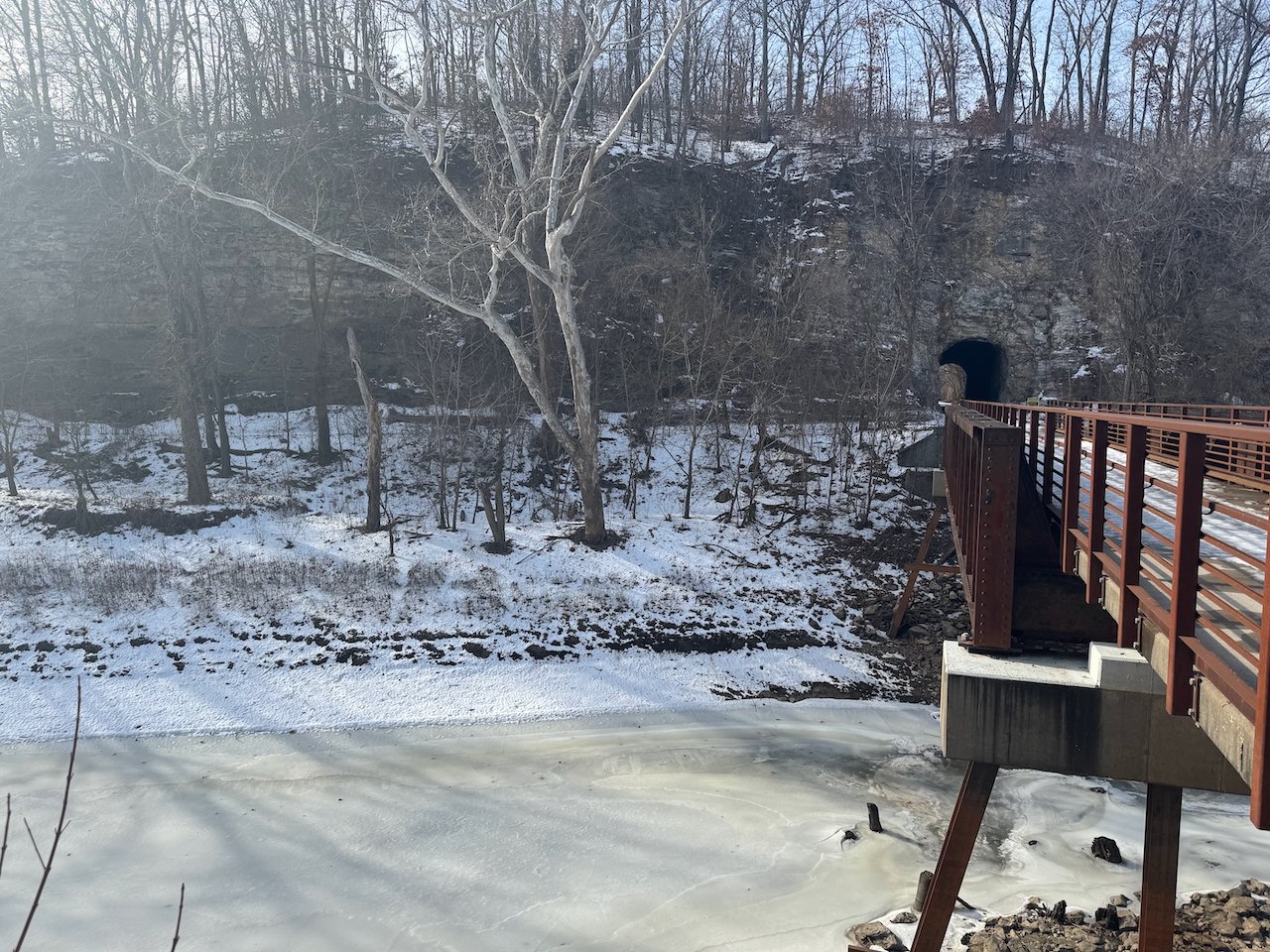
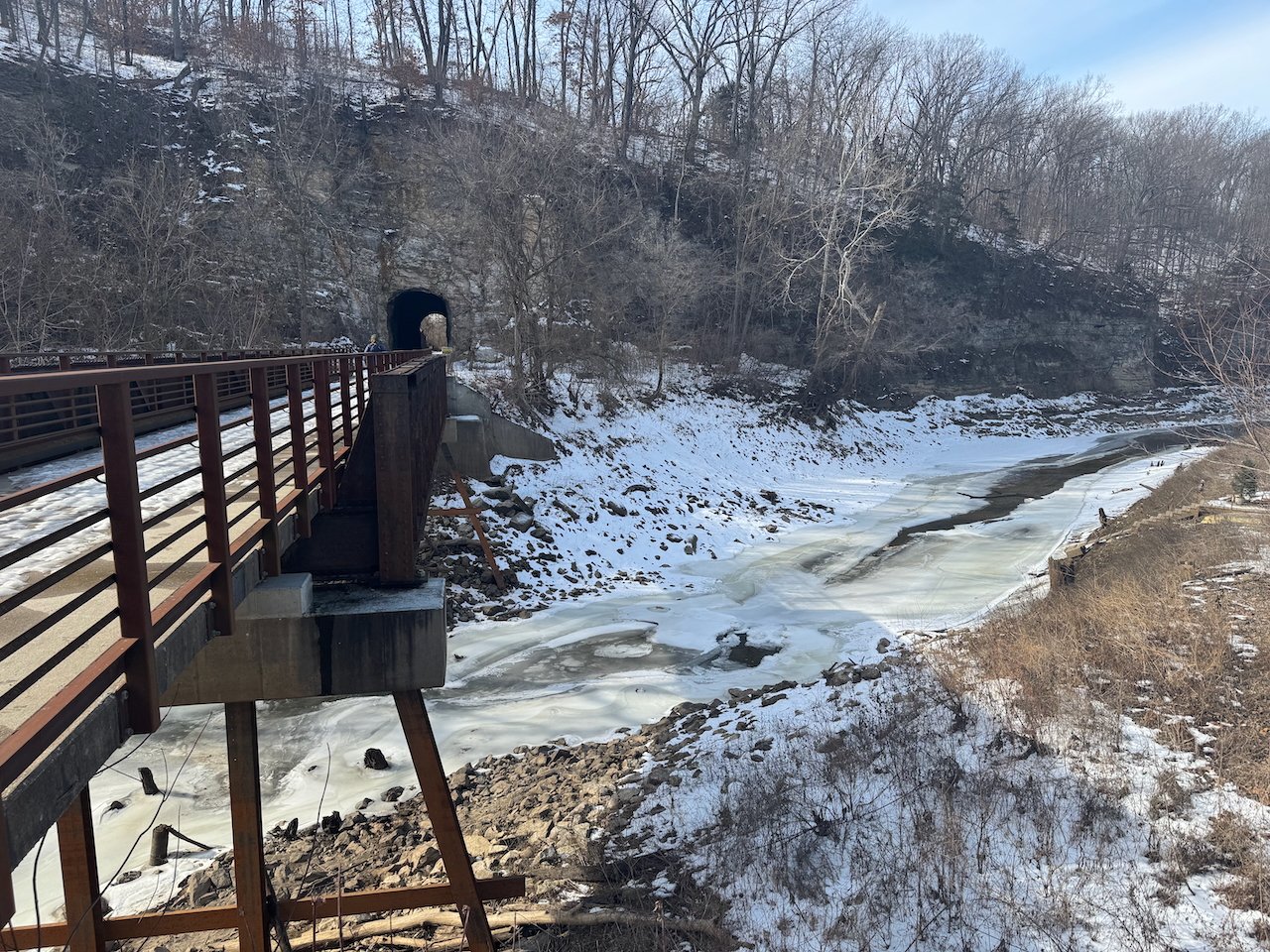
-
1 hour ago, FriedClams said:
So, I encourage you to "nerd out" when the impulse arises.
This request is as good a time as any to point out that, in fact, I have already "nerded out" on this subject, as I have not one but two videos about the geography and geology of the Rocheport tunnel on the YouTube channel that my wife and I run, covering the geology, ecology, and history of the Ozark region. Part I sets the broader context and Part II deals with the tunnel itself, including the unusual geology of the eastern portal (what I'm currently modeling in this scene).
Part 1:
Part II:
Enjoy!
-
That manufacturer looks really cool...lots of neat engines and other mechanical/industrial stuff if you dig around in their catalog. Thanks for bringing it to our attention!
- Keith Black and Canute
-
 2
2
-
-
Found a bit more time this weekend for another round of scenery work. This time I used a patching plaster from the hardware store to spread a thin coating over the rock work, using my fingers and other tools to make a finer bedding-plane texture than the coarse plaster allowed. This smoothed out the surface a bit and gave it a more complex texture that I like, though I'm not sure it comes through well in the photo. It's meant to capture the finely bedded, pitted surface of this limestone. Once I start adding color I think this will really come alive.
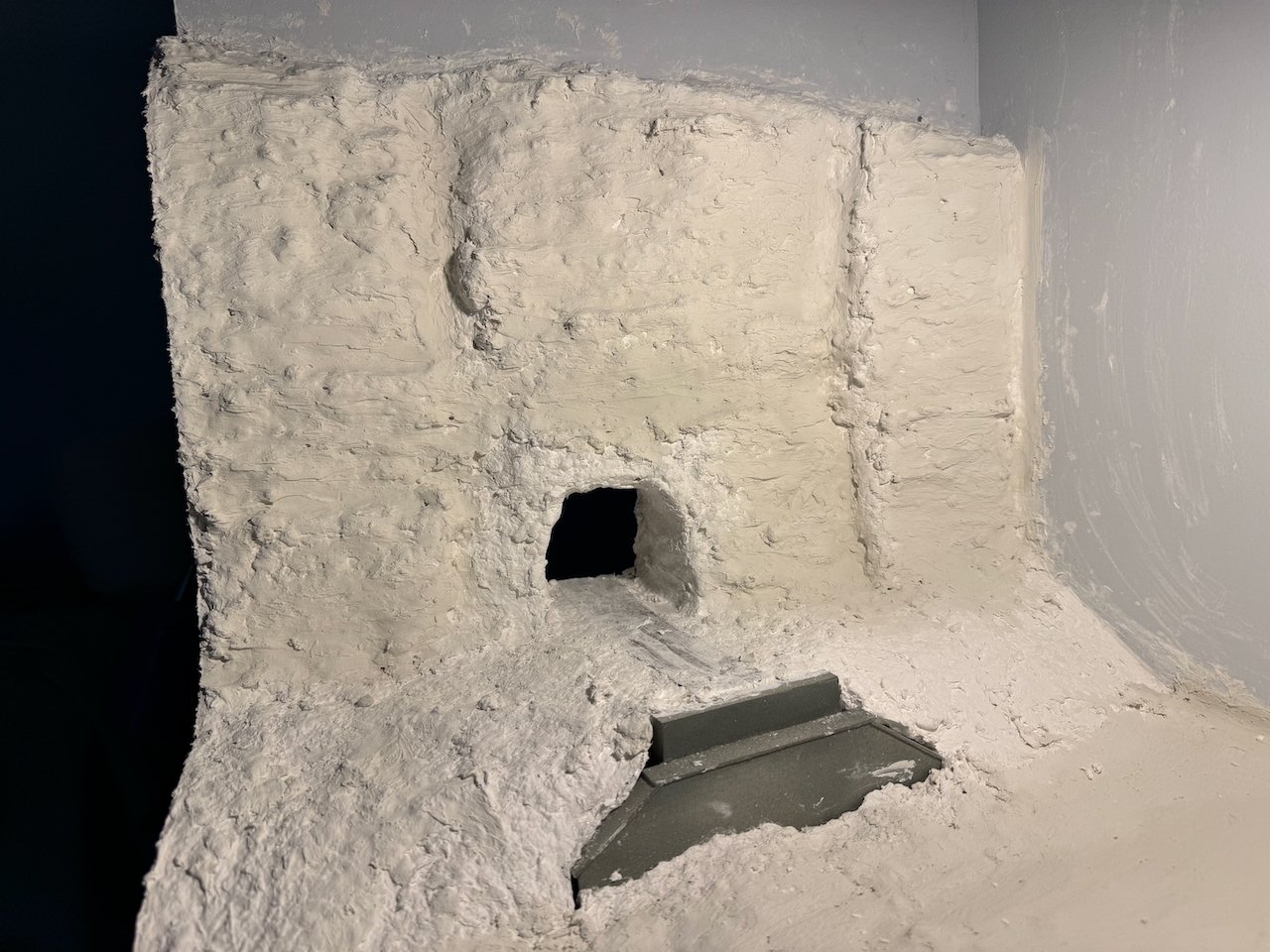
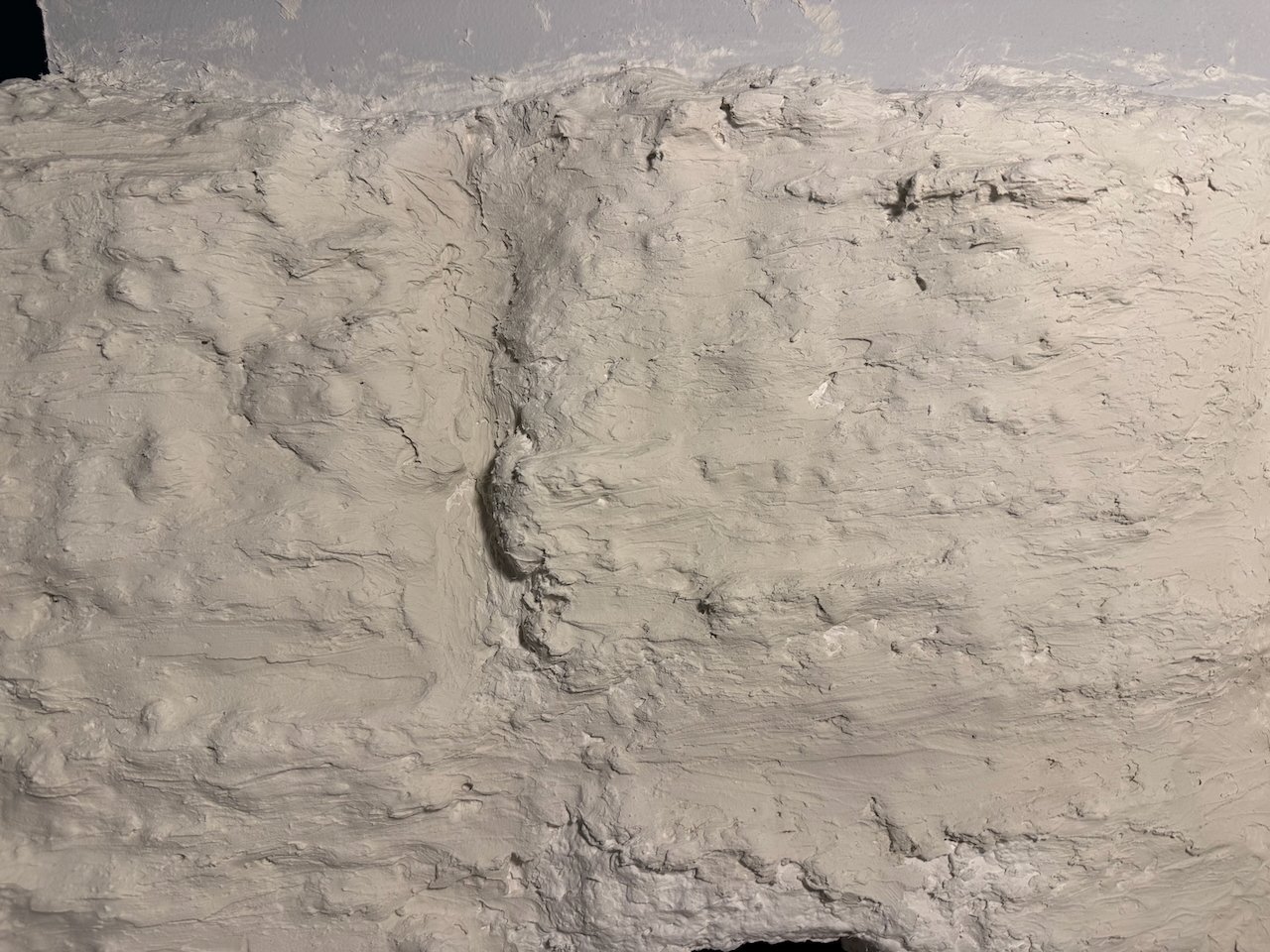
I also filled in the creek bed and some of the flatter area to the right.
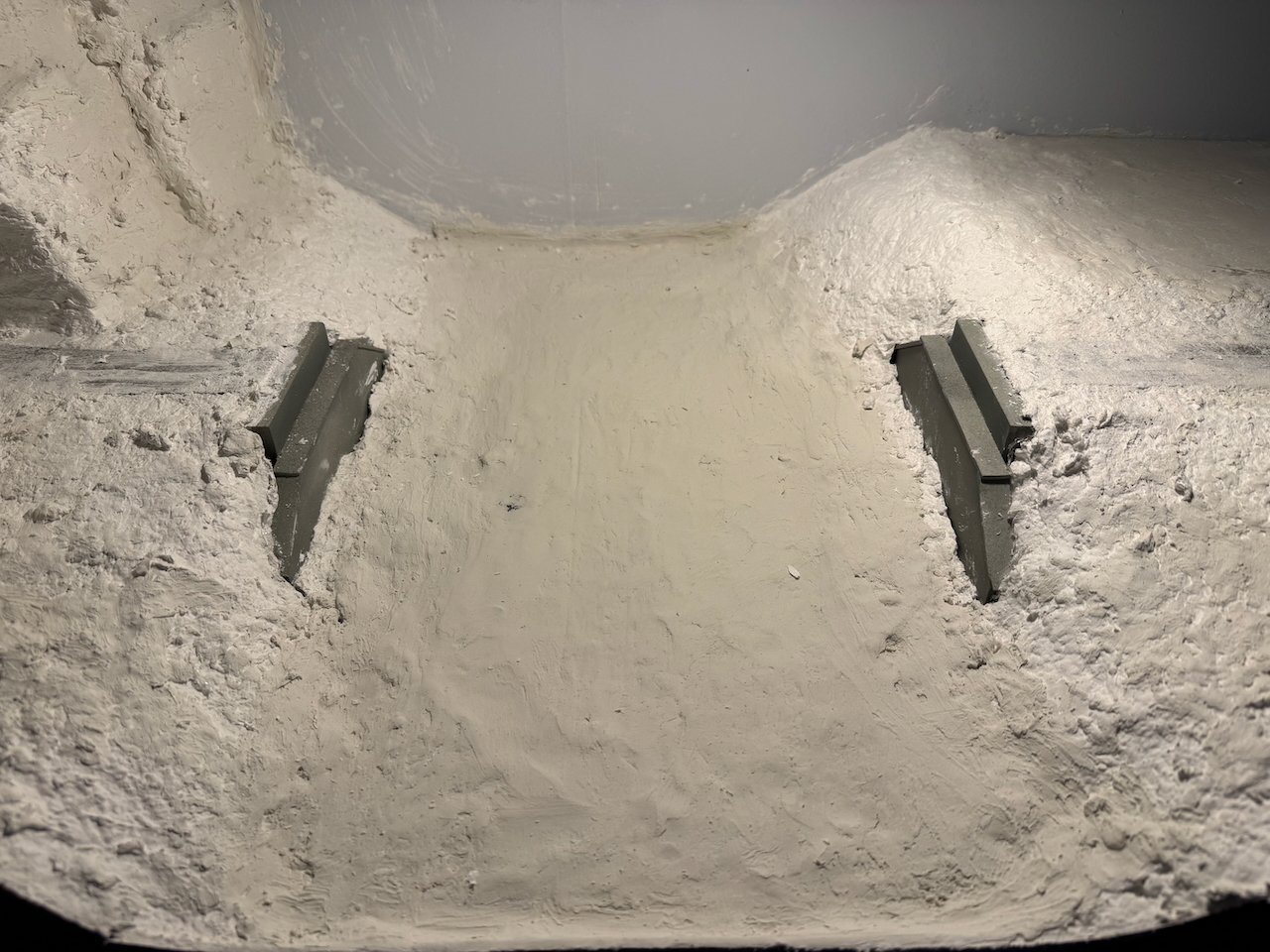
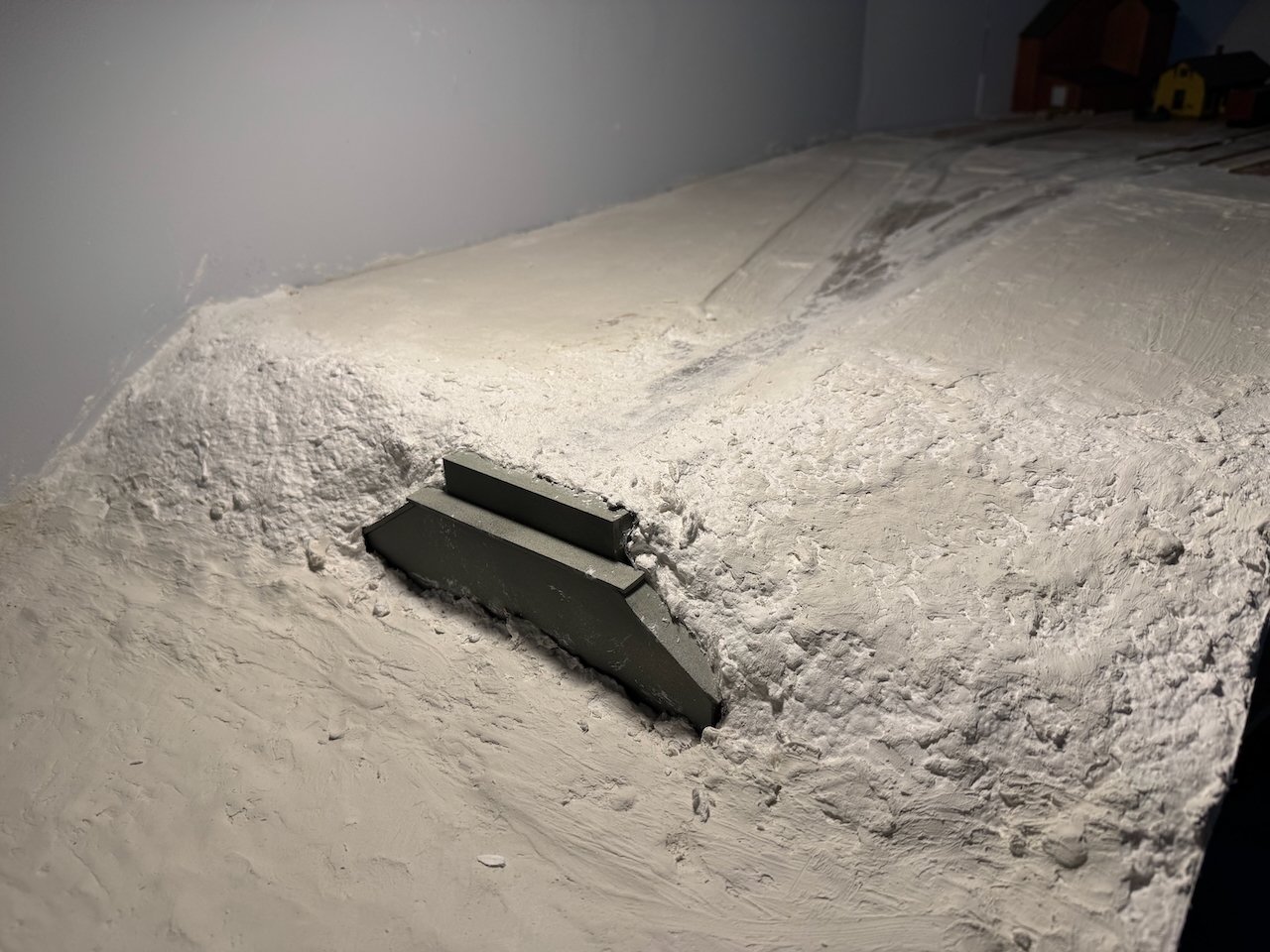
Once these areas are fully dry I'm going to go over them with a fine sanding block. Anything that isn't rock bluff will be covered by various scenic materials anyway.
And here's one more view of this scene.
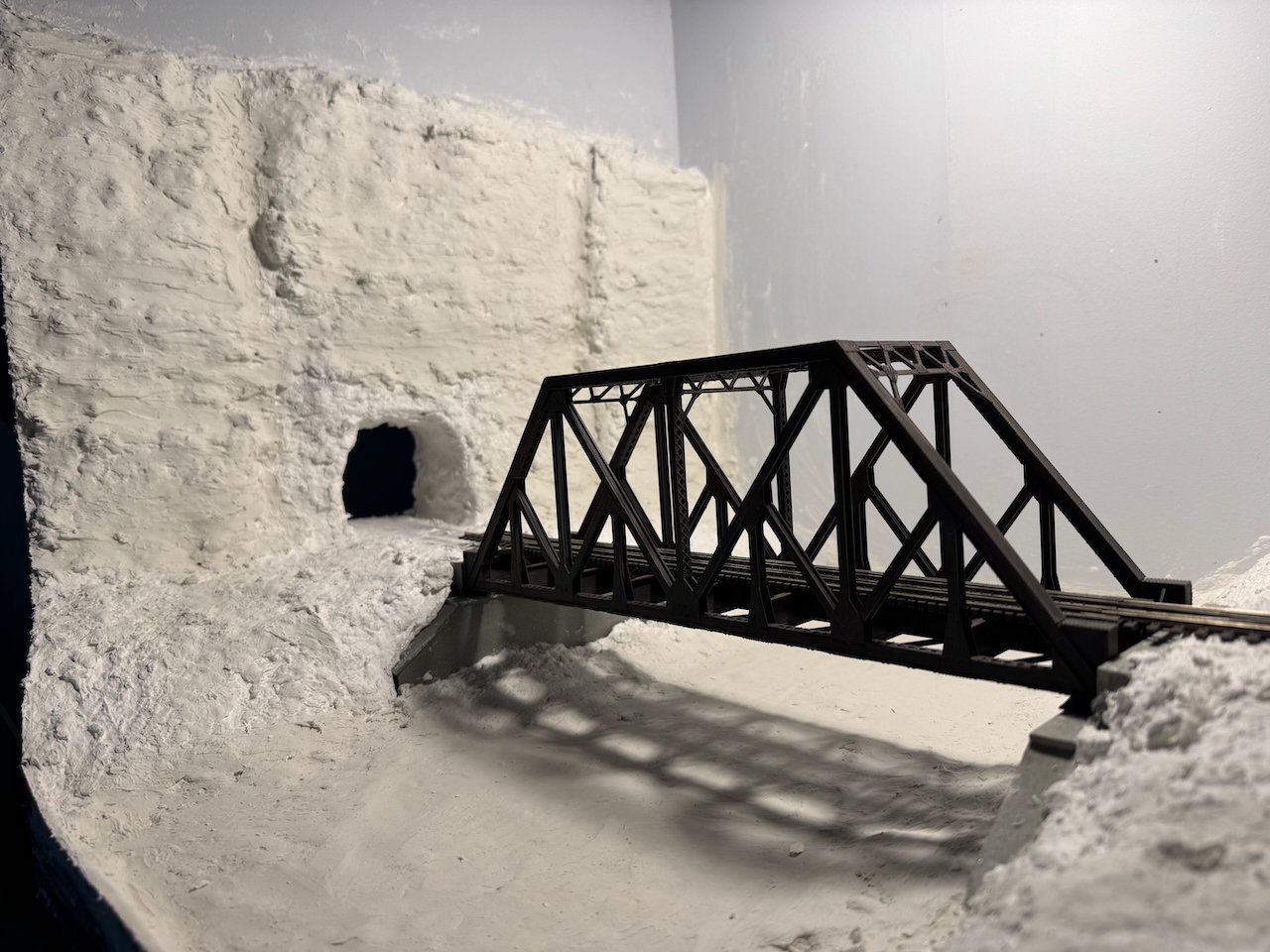
Really looking forward to getting some color on this whiteout!
- kgstakes, _SalD_, NavyShooter and 10 others
-
 13
13
-
-
11 hours ago, LucienL said:
also several mistakes along the way. Learning to be a bit more okay with that.
One thing I've learned over time is that small mistakes on models like this tend to be overwhelmed by the greater majesty of the complex finished product. This model certainly qualifies; it's gorgeous to look upon and any oddities you know about can be conversation pieces with knowledgeable visitors.
-
I managed to steal an evening and do a little scenery work. This is a first round of plaster on the bluff face hosting the Rocheport tunnel along Moniteau Creek. Here I'm trying to get the basic shape of the bluff in place with some underlying geologic structure, such as the roughly horizontal bedding, various vertical joints breaking up the rock face, and the more chaotic rock texture right around the portal (both because of blasting and because the nature of the limestone changes there for technical reasons I'll maybe nerd out about at some point).
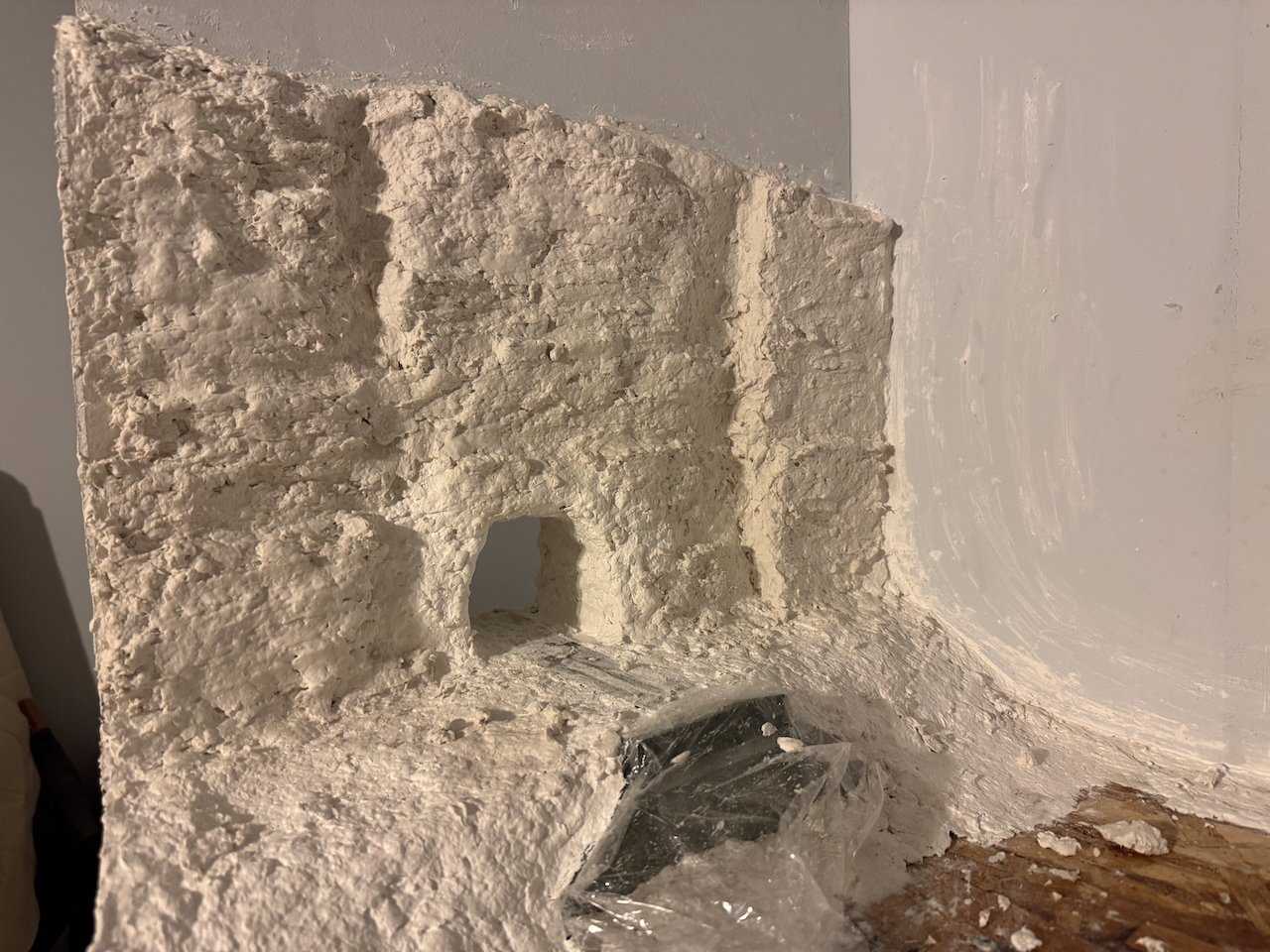

And the real thing:
.jpeg.bf358e0b1f2013822bc916f7dd7bfc17.jpeg)
Also made progress on the creek's banks:
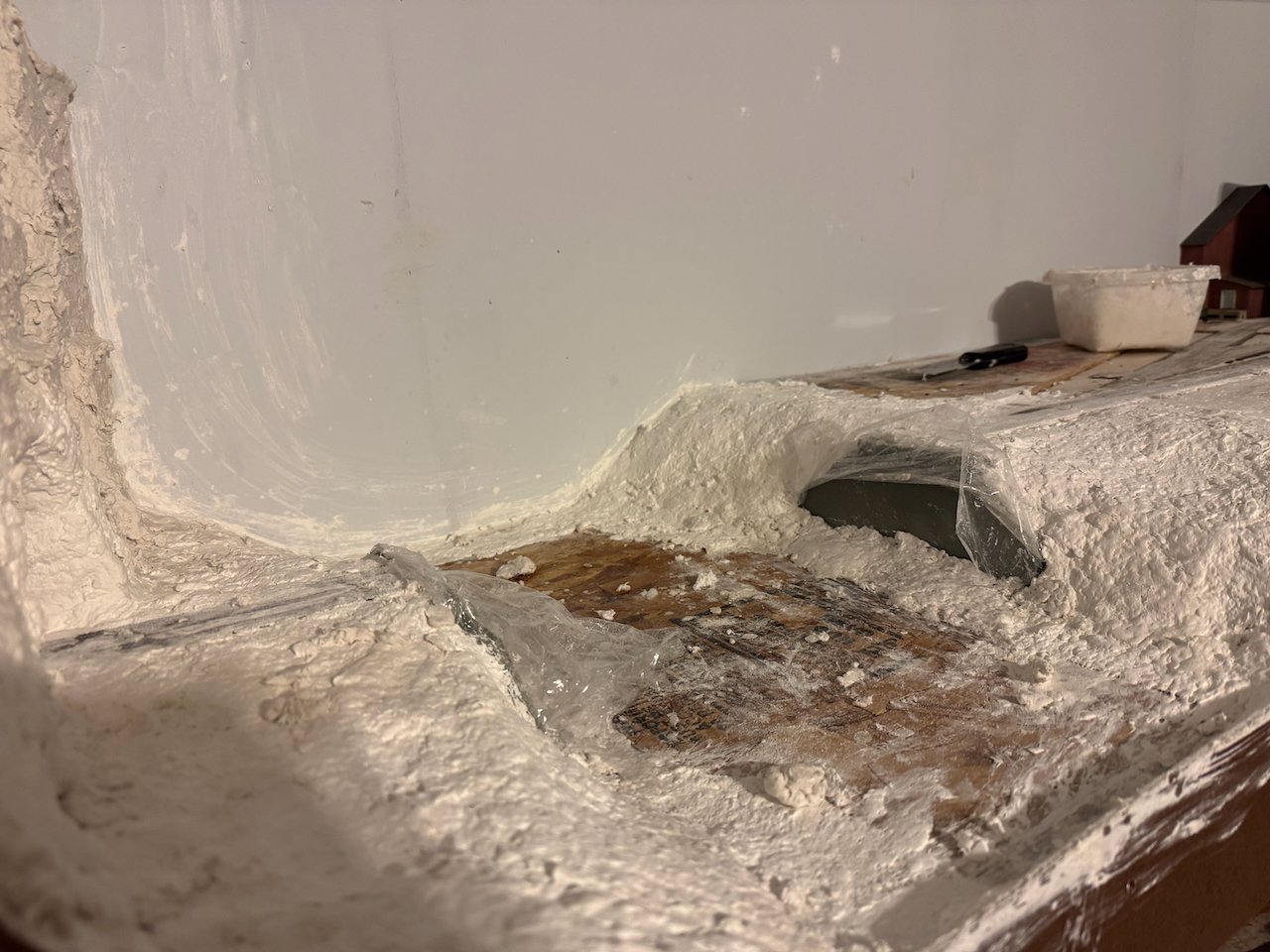
Next step is to finish sealing in the creek bed and do some touch-up and additional detailing on the bluff face. When I'm comfortable with its texture I'll start first coats of paint. But this at least shows you I haven't completely stalled!
- _SalD_, FriedClams, NavyShooter and 10 others
-
 13
13
-
9 hours ago, Keith Black said:
It's hard keeping my hands off Lula.

Phrasing, my friend, phrasing...Don't type stuff like that where Maggie can hear.
- Canute, Keith Black, Glen McGuire and 1 other
-
 4
4
-
6 hours ago, Keith Black said:
Unfortunately I missed capturing the quirkiness of the original Lula
OK, now, here I'm going to up and say that you're flat-out wrong. That's a delightfully quirky little vessel, all the more so because she's truly quirky in that she's unique. Rather than just replicating another vessel's quirks, you made her your own.
Cambridge English Dictionary: "Quirky: unusual in an attractive and interesting way". That's the very definition of your Lula.
In all your prep work for the upcoming surgery, how long have you budgeted for training your sister to finish detailing and weathering for you? Not to mention keeping up with MSW on your behalf. Priorities are priorities, you know.
6 hours ago, Keith Black said:Lula and the pile driver, a tender love story.
I keep expecting to see a strand of spaghetti running between them...
- Keith Black, FriedClams, Canute and 1 other
-
 1
1
-
 2
2
-
 1
1
-
I love that you're doubling down on the #616 joke I started. Boat looks great.
- Ferrus Manus, Keith Black and Canute
-
 2
2
-
 1
1



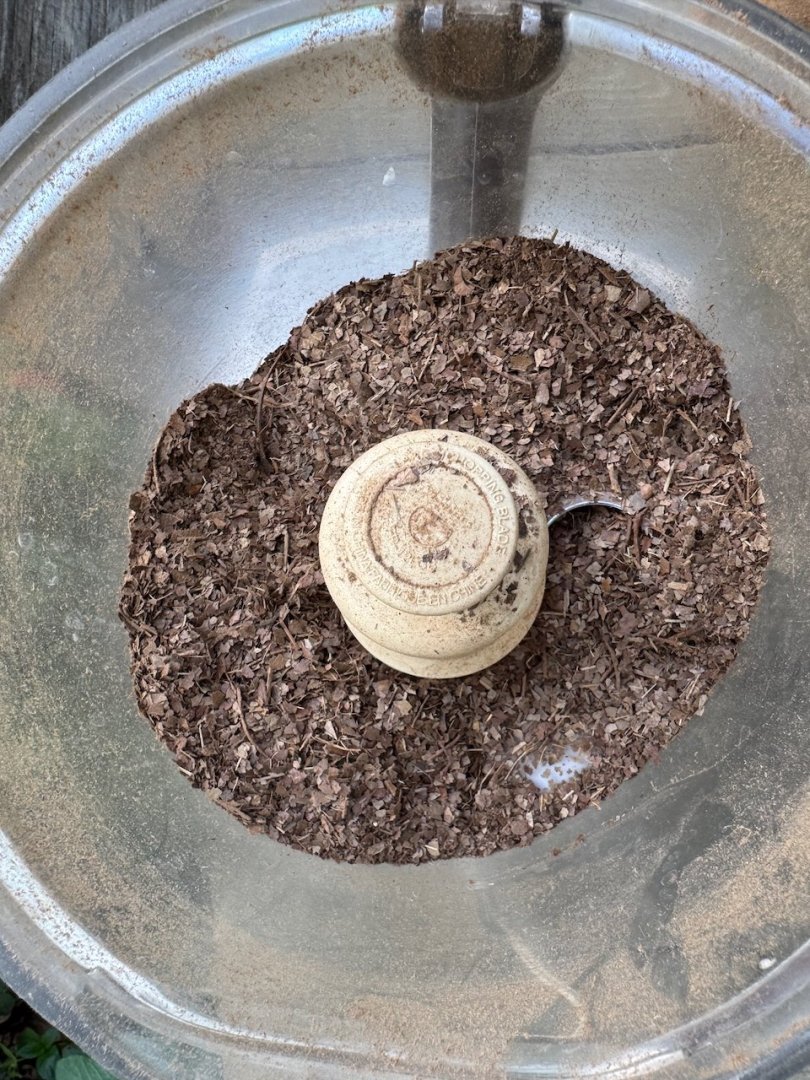
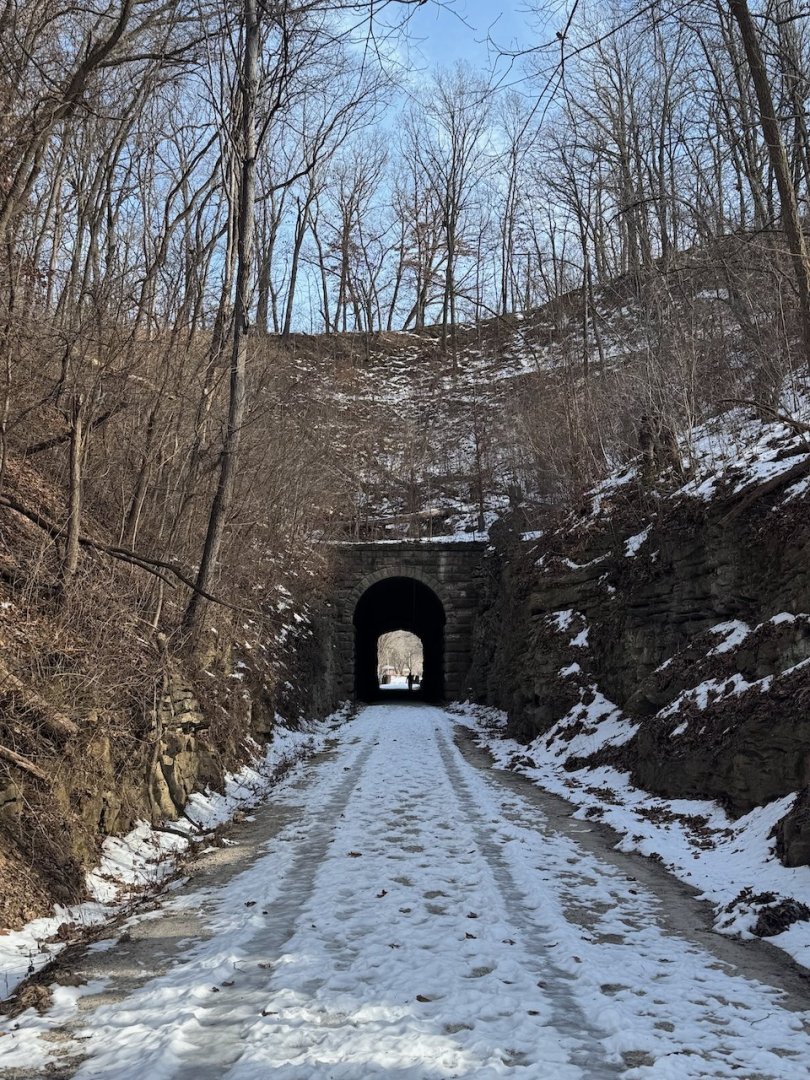
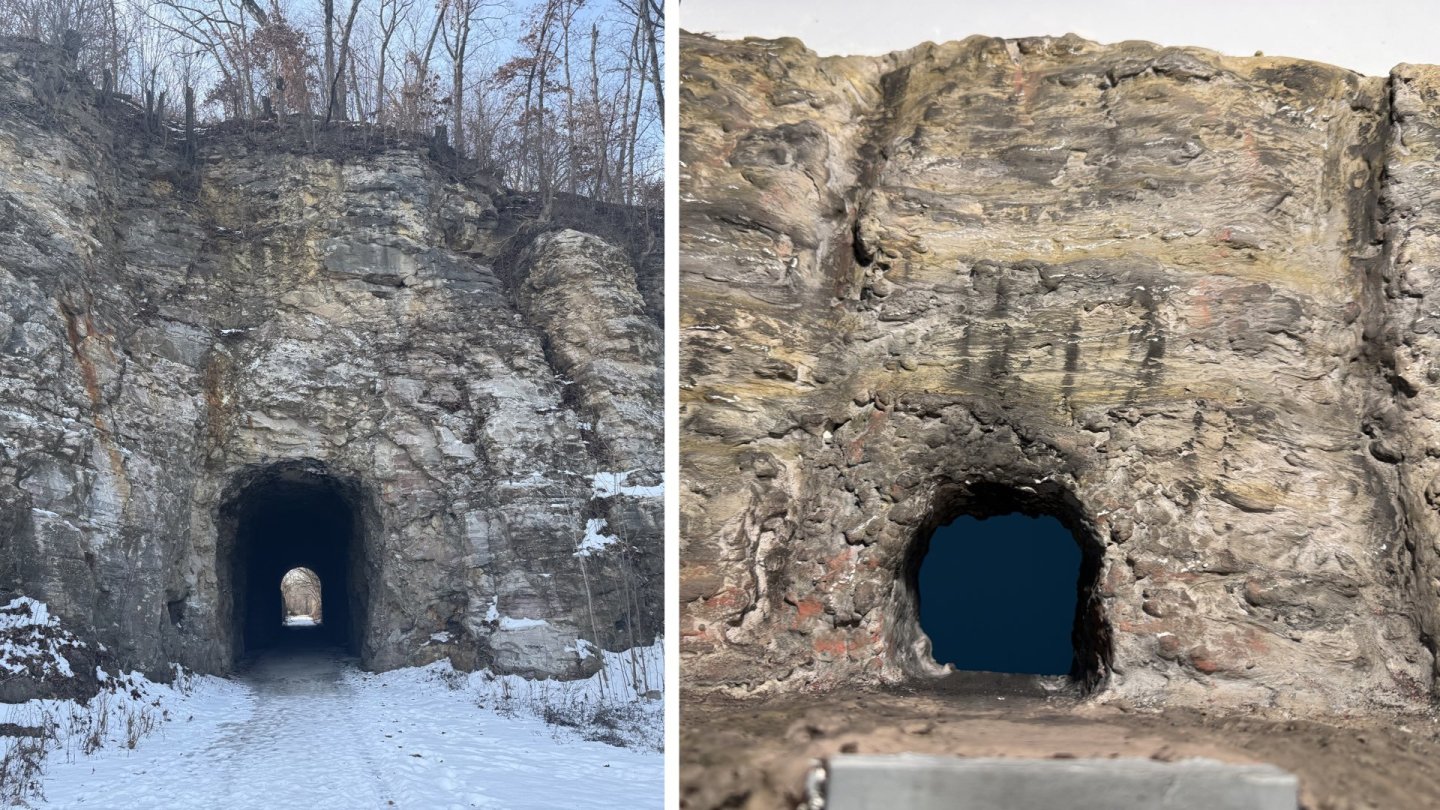
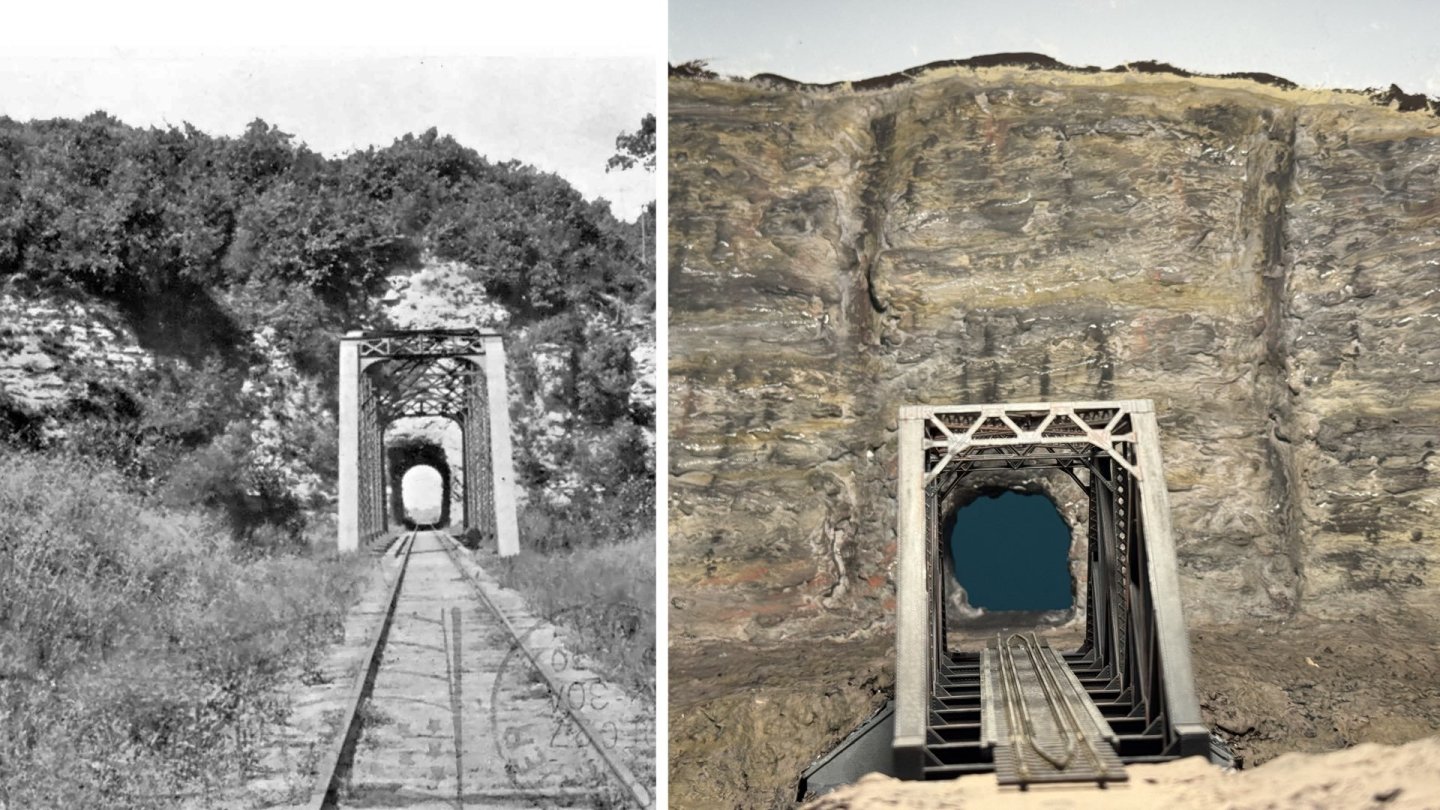
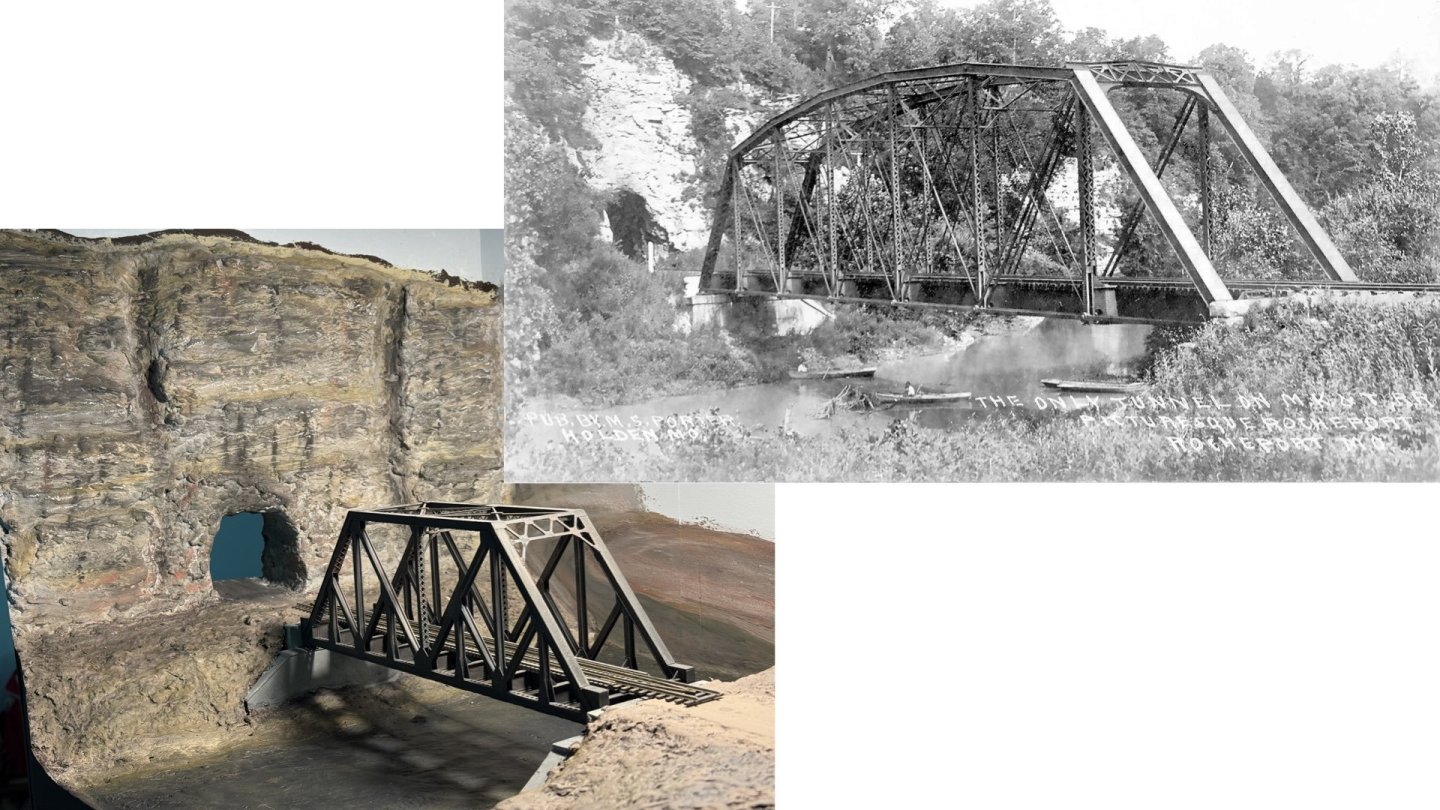
Lula by Keith Black - FINISHED - 1:120 Scale - 1870s Sternwheeler Supply Boat for Floating Pile Driver
in - Build logs for subjects built 1851 - 1900
Posted
Honestly there's an even better pretend option; just assume that the angled hog chain post within the engine room doesn't extend up through the boiler deck floor as on the real thing, but is a bit shorter and set further back, such that the chains you have meet it right at the stern wall. In other words, it's there but hidden from sight.
Yeah, this doesn't fully transfer the weight forward, but that's a detail only the most technical observer will notice. Your current way deals with the more obvious visual question "what's holding up the wheel?".